Public housing in Singapore is a model that many nations aspire to emulate.


It is a program run by the Housing and Development Board (HDB) that has achieved a home ownership rate of over
Approximately 80% of Singapore's resident population lives in HDB flats. The government's ability to provide quality, affordable housing on a large scale is widely considered to be a cornerstone of Singapore's stability and prosperity.
The success of Singapore's public housing model is largely attributable to several key factors. First, the government’s long-term planning and control over land ownership enable it to manage land use efficiently and keep housing prices stable. Second, the introduction of the Central Provident Fund (CPF), a comprehensive social security savings scheme, allows Singaporeans to set aside funds for housing, among other needs. Third, the public housing policies are continually adjusted to meet changing demographic and socio-economic conditions, ensuring that most Singaporeans can afford a home.
Additionally, HDB housing is more than just shelter; it's about community building. The government has implemented policies and measures to foster social cohesion and racial harmony among residents. For instance, the Ethnic Integration Policy ensures a balanced ethnic mix in HDB towns and neighborhoods, preventing the formation of racial enclaves.
However, despite its achievements, Singapore's public housing model faces several challenges in the future.
One significant challenge is the aging population. As the population ages, there is an increasing demand for elderly-friendly facilities and services within public housing estates. These include accessibility features, healthcare facilities, and recreational amenities. At the same time, elderly residents living in older HDB flats face lease decay issues as their flats approach the end of their 99-year leases.
Secondly, the rising income disparity could undermine the principle of affordability in public housing. While the government provides generous subsidies to keep HDB flats affordable, these subsidies are based on income levels. If income inequality continues to widen, lower-income households might find it increasingly difficult to afford even heavily subsidized public housing.
Furthermore, as land becomes scarcer and environmental concerns grow, Singapore will face the challenge of building more public housing flats in a sustainable and resource-efficient way. High-rise, high-density living has its limitations and challenges, including heat island effects and residents' mental wellbeing.
Lastly, social cohesion and integration might also be challenging in the future. The government’s effort to create a balanced mix of ethnicities in public housing has been effective, but as the country becomes more diverse and international, maintaining social harmony in a changing demographic landscape will be a complex task.
In conclusion, while Singapore’s public housing has been a tremendous success, it is not without its challenges in the face of a rapidly aging population, increasing income disparity, land scarcity, environmental sustainability issues, and changing social dynamics. It will require the continued foresight, creativity, and commitment of policymakers to navigate these challenges and ensure the ongoing success of public housing in Singapore.


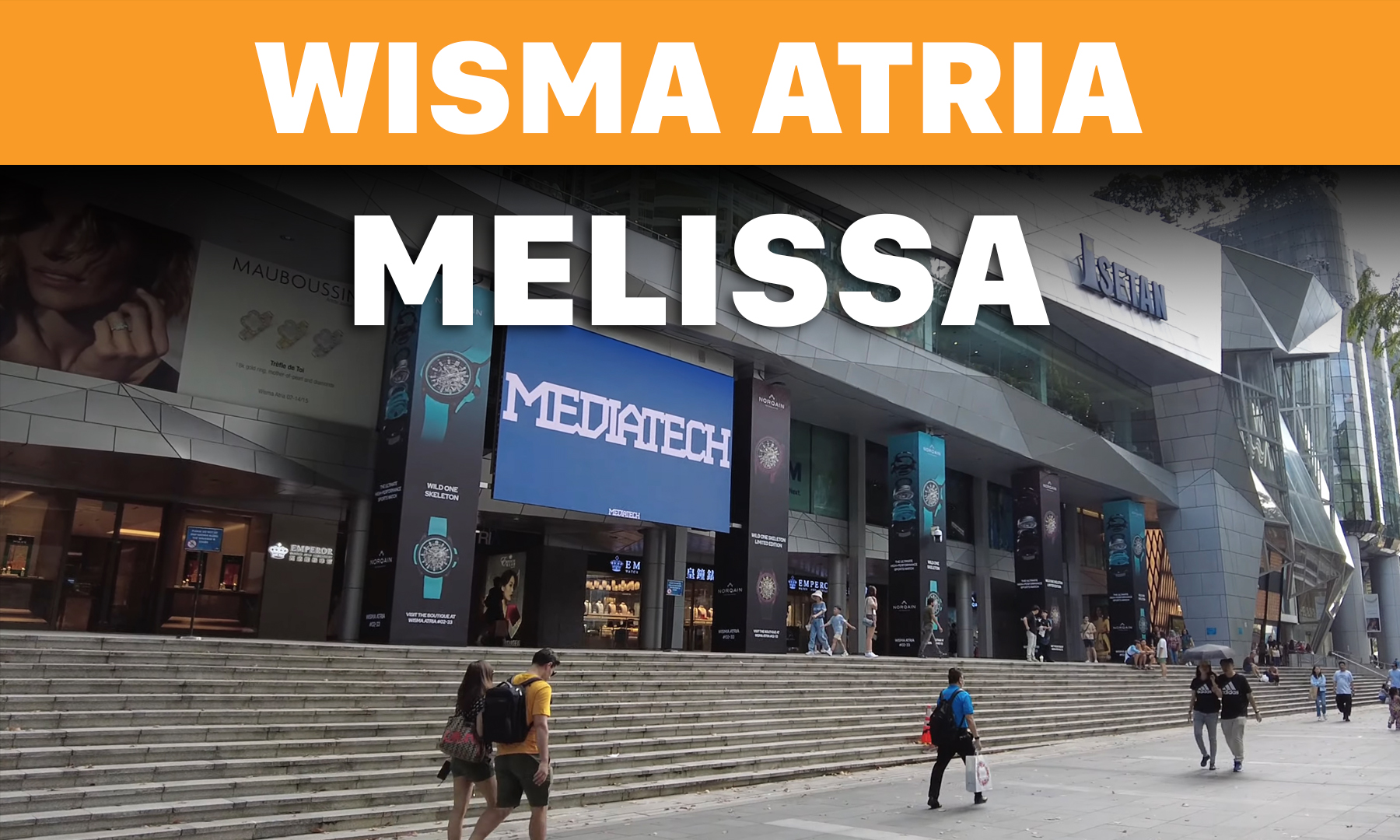

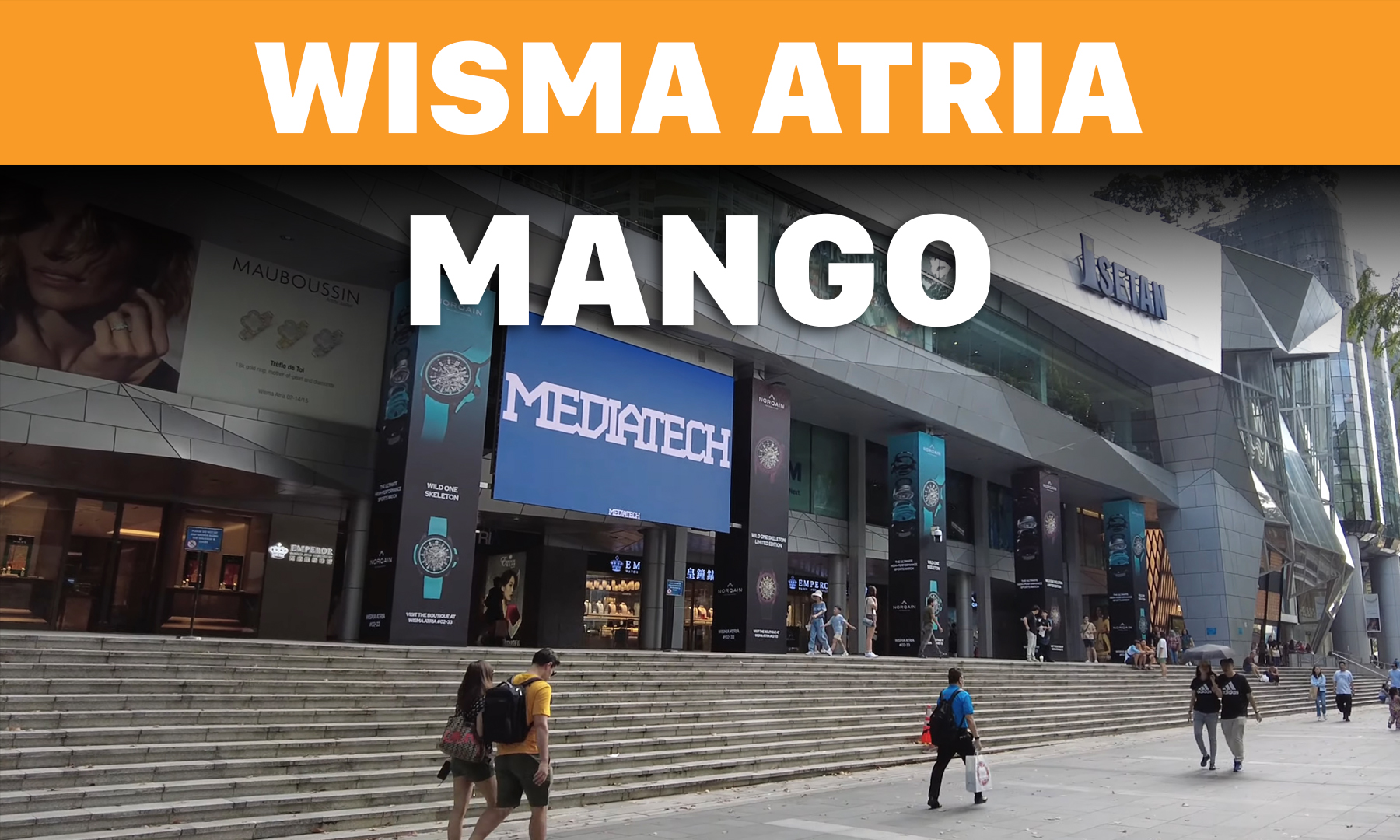
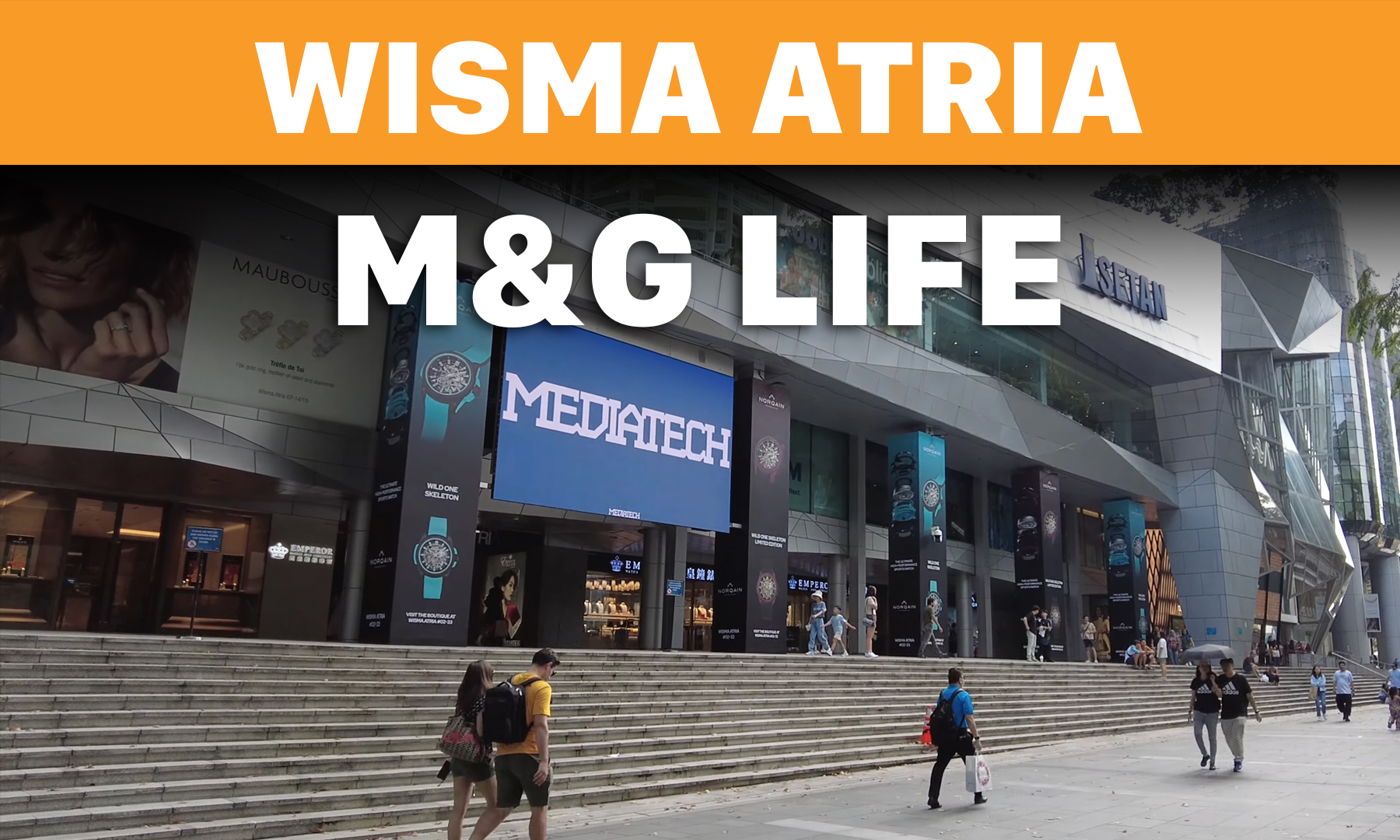


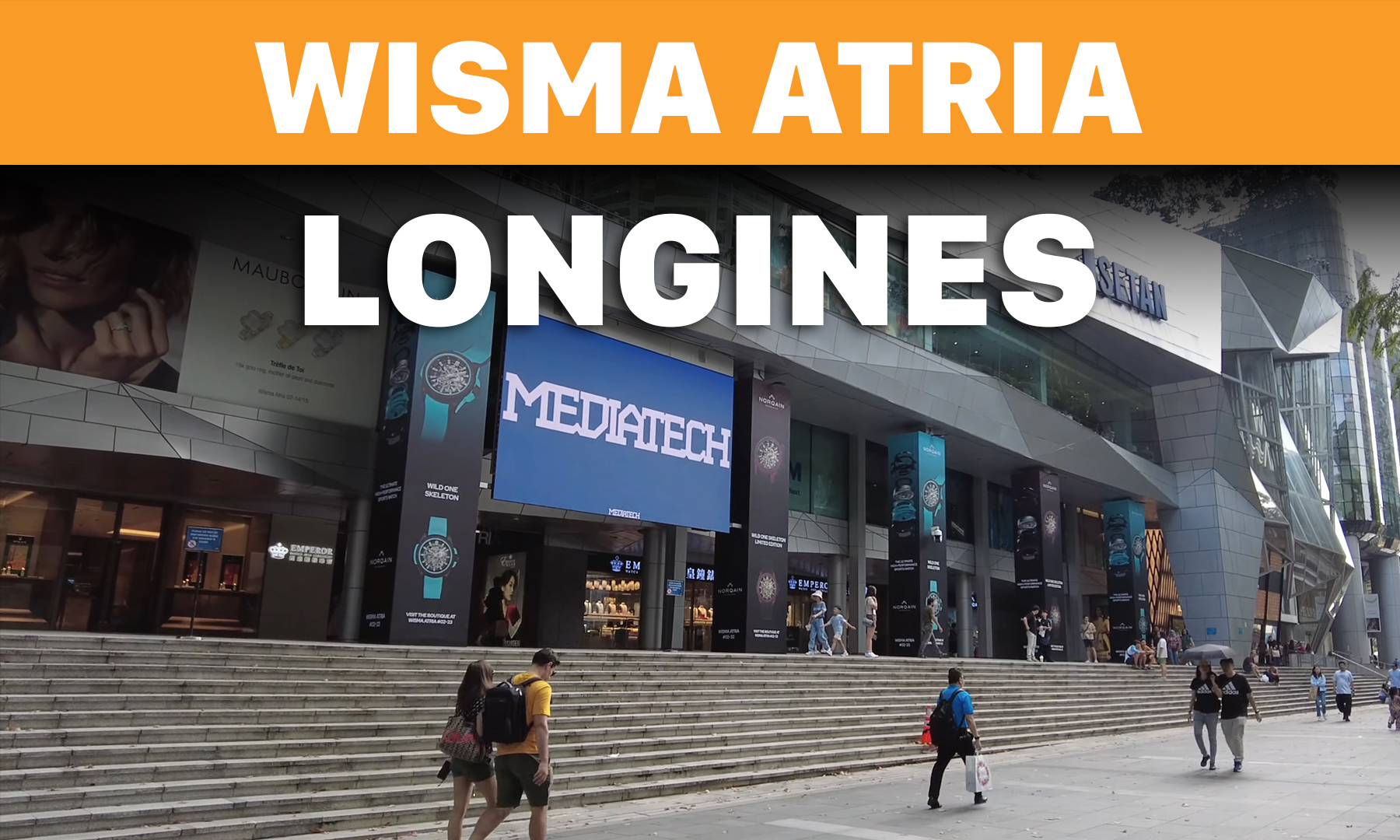
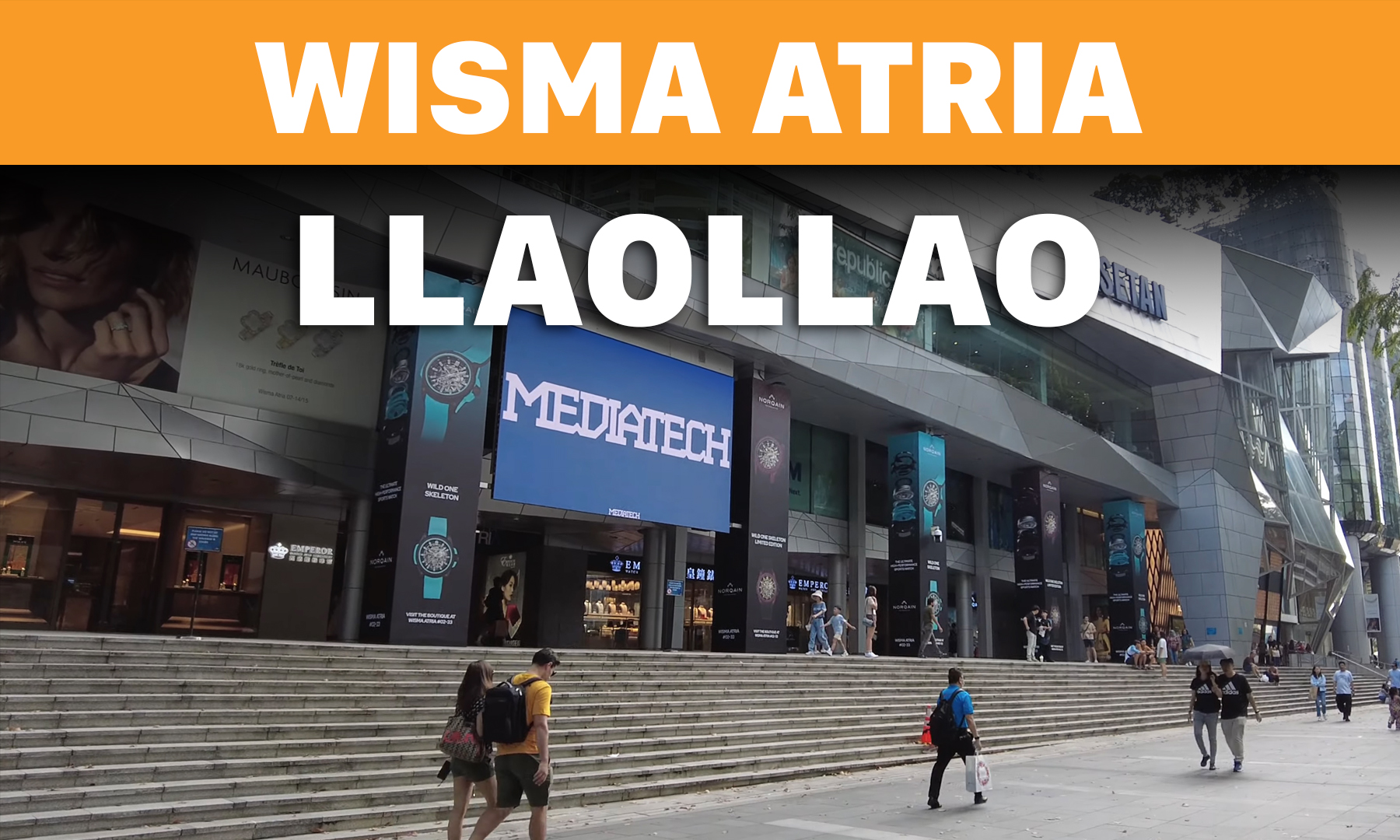
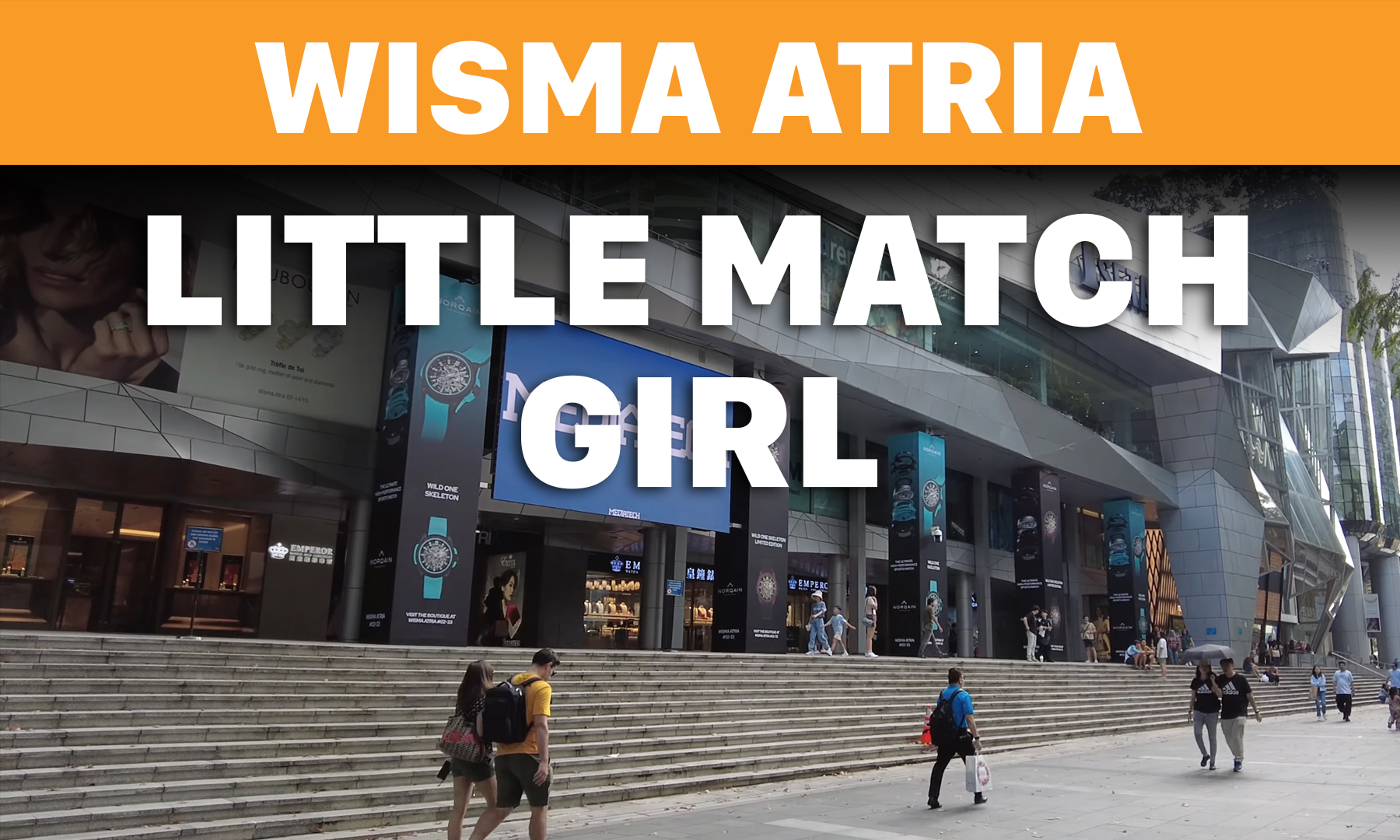

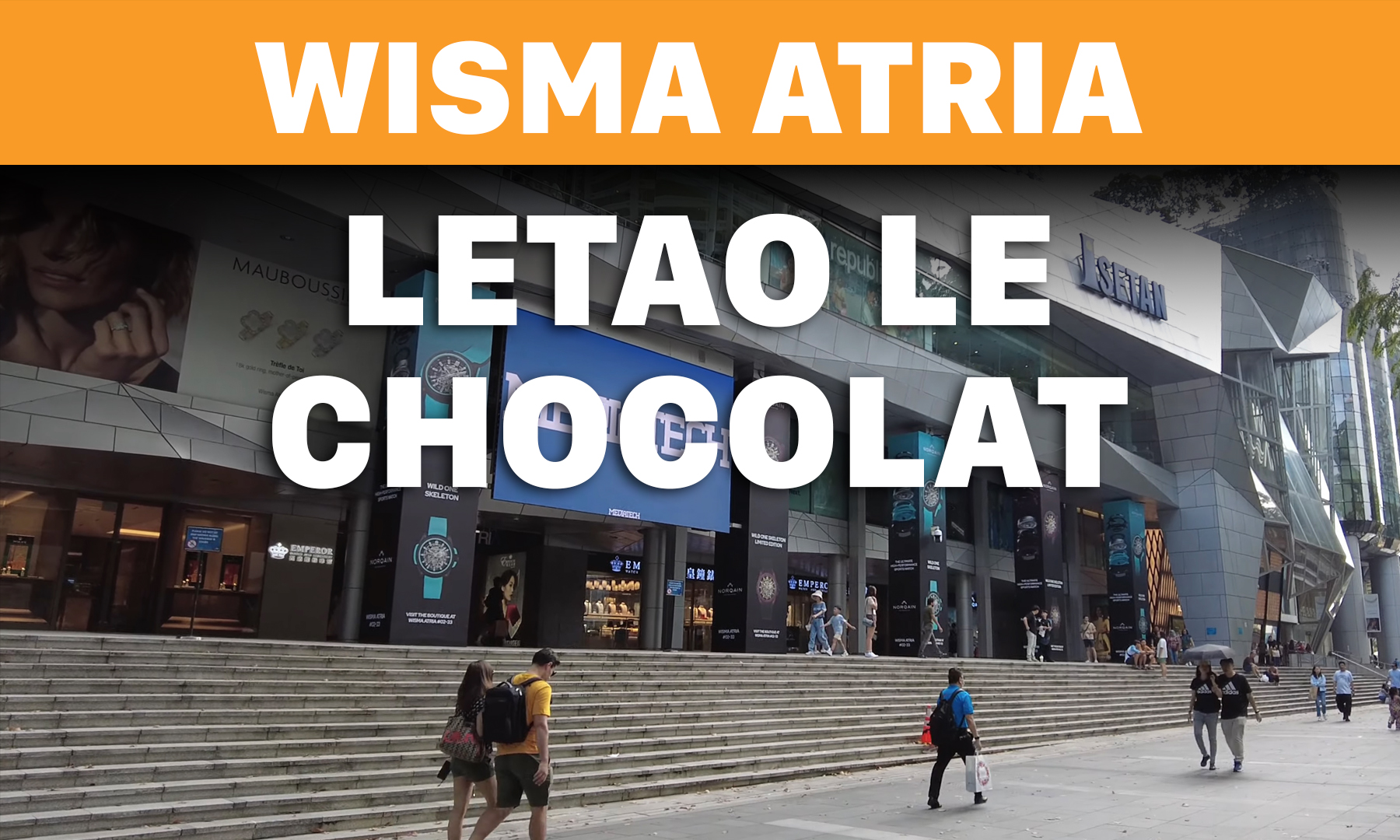

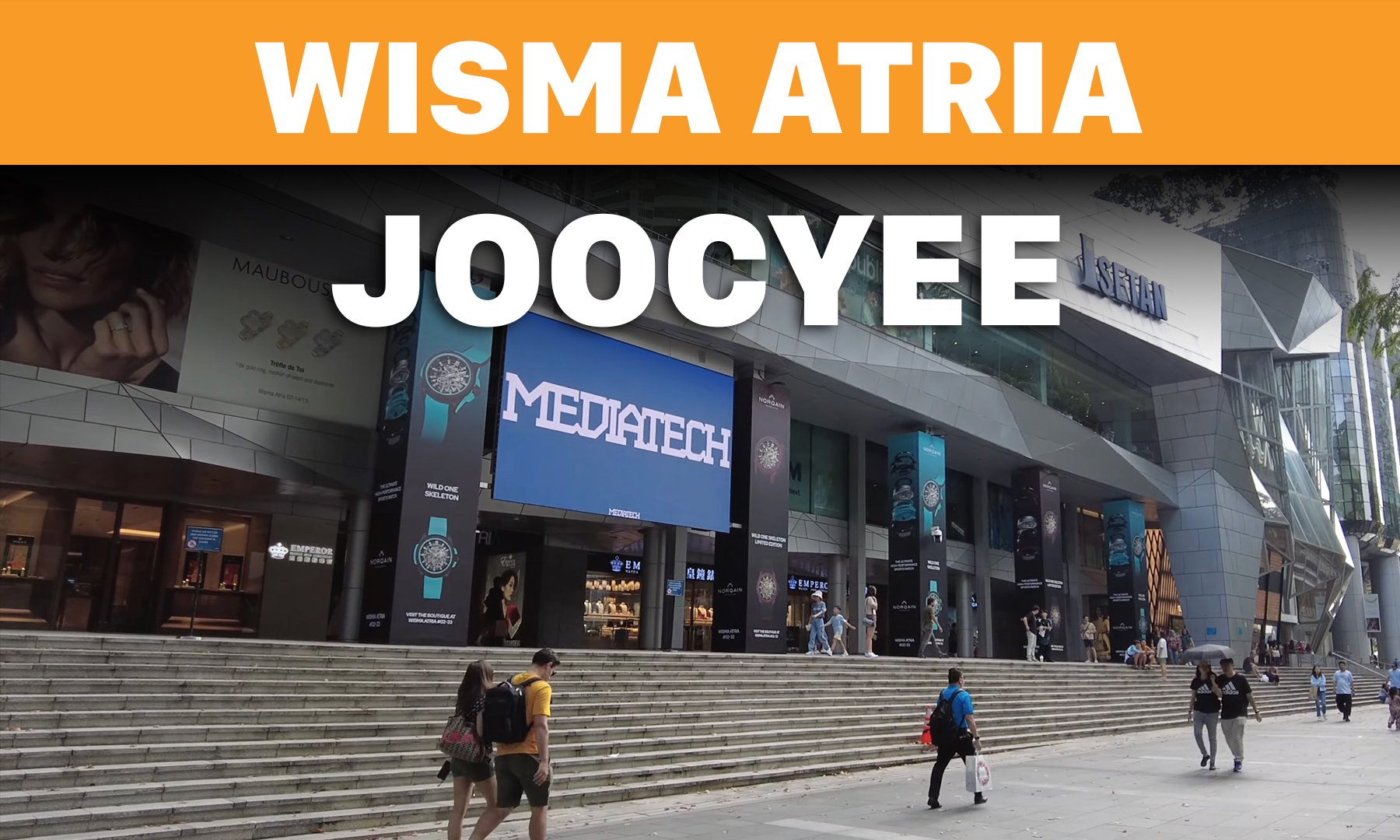


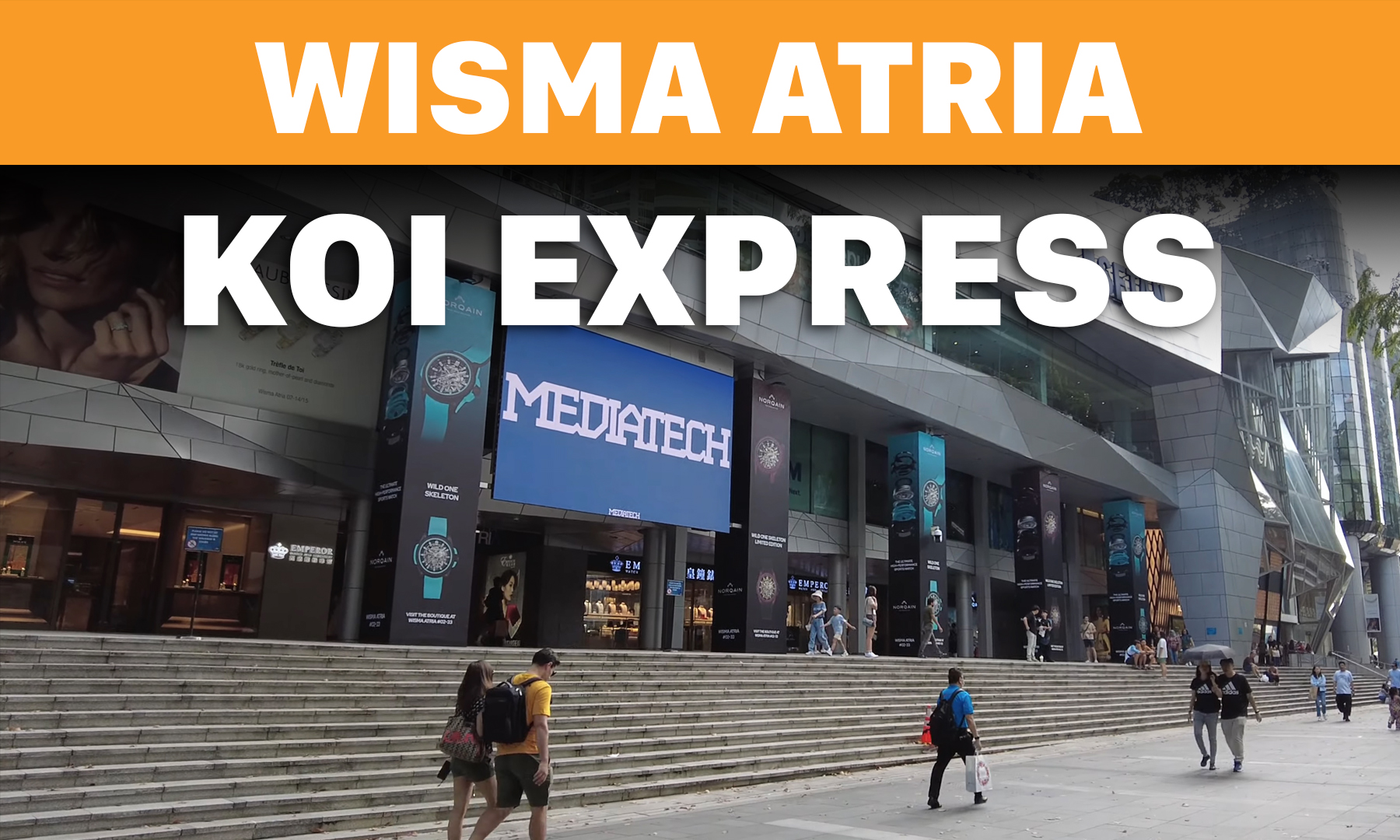
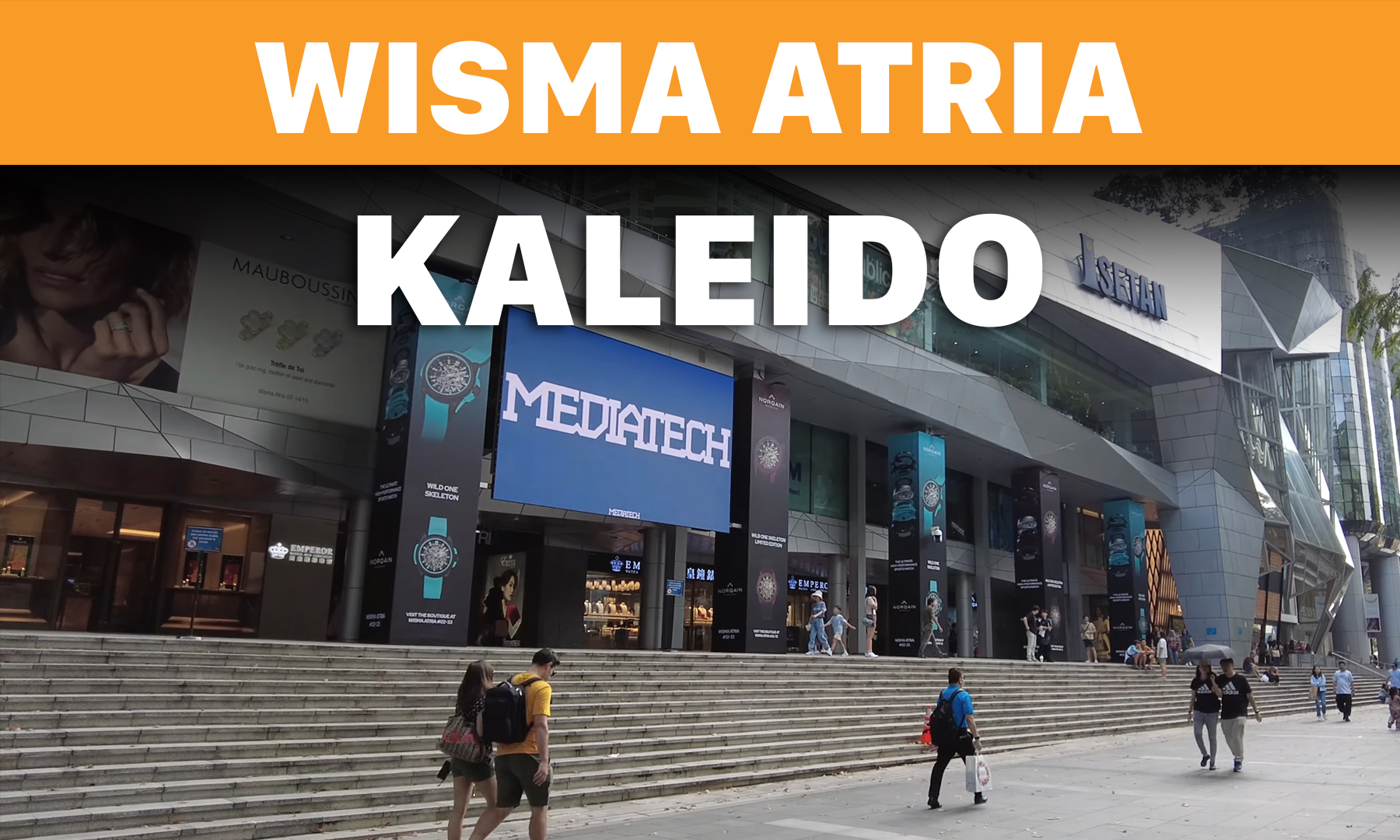
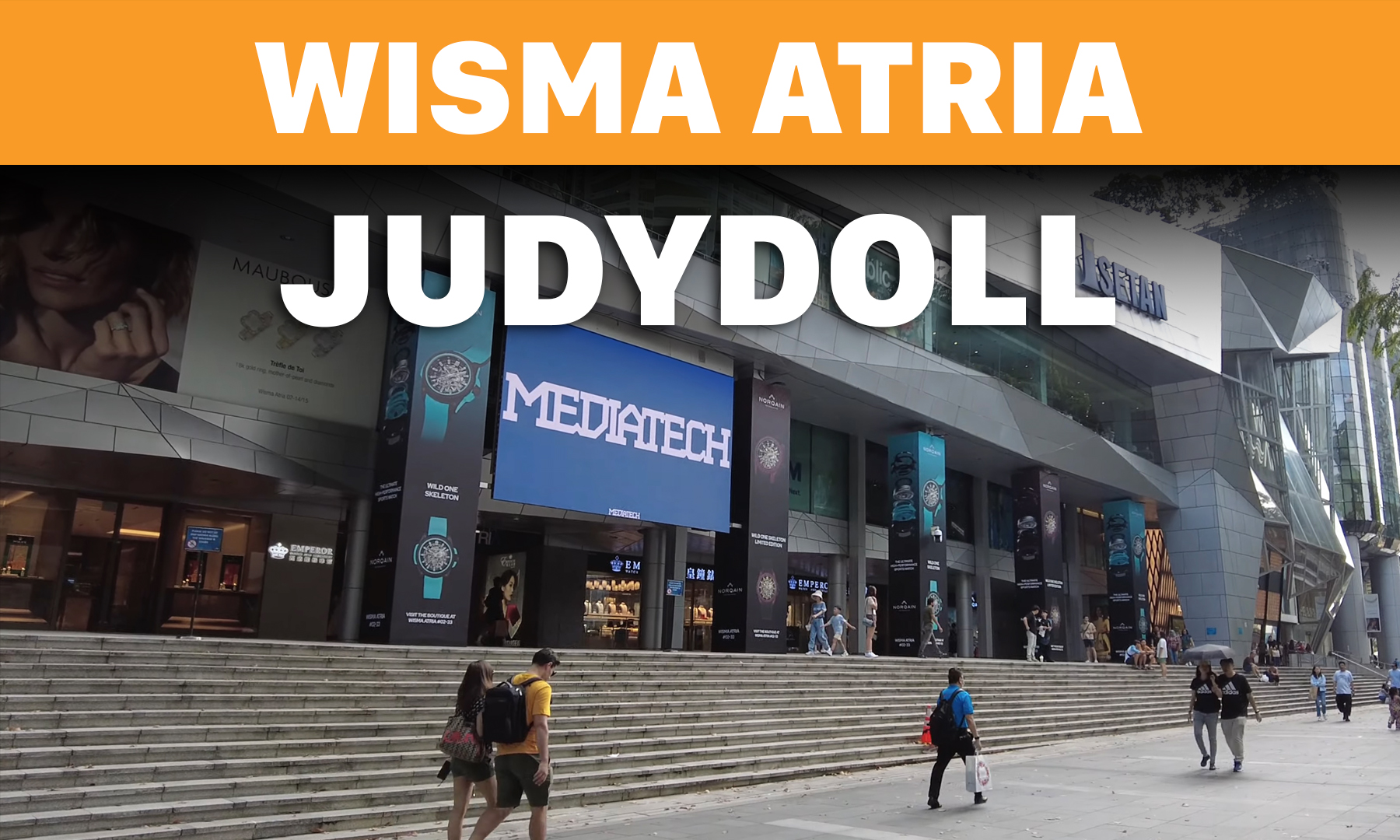
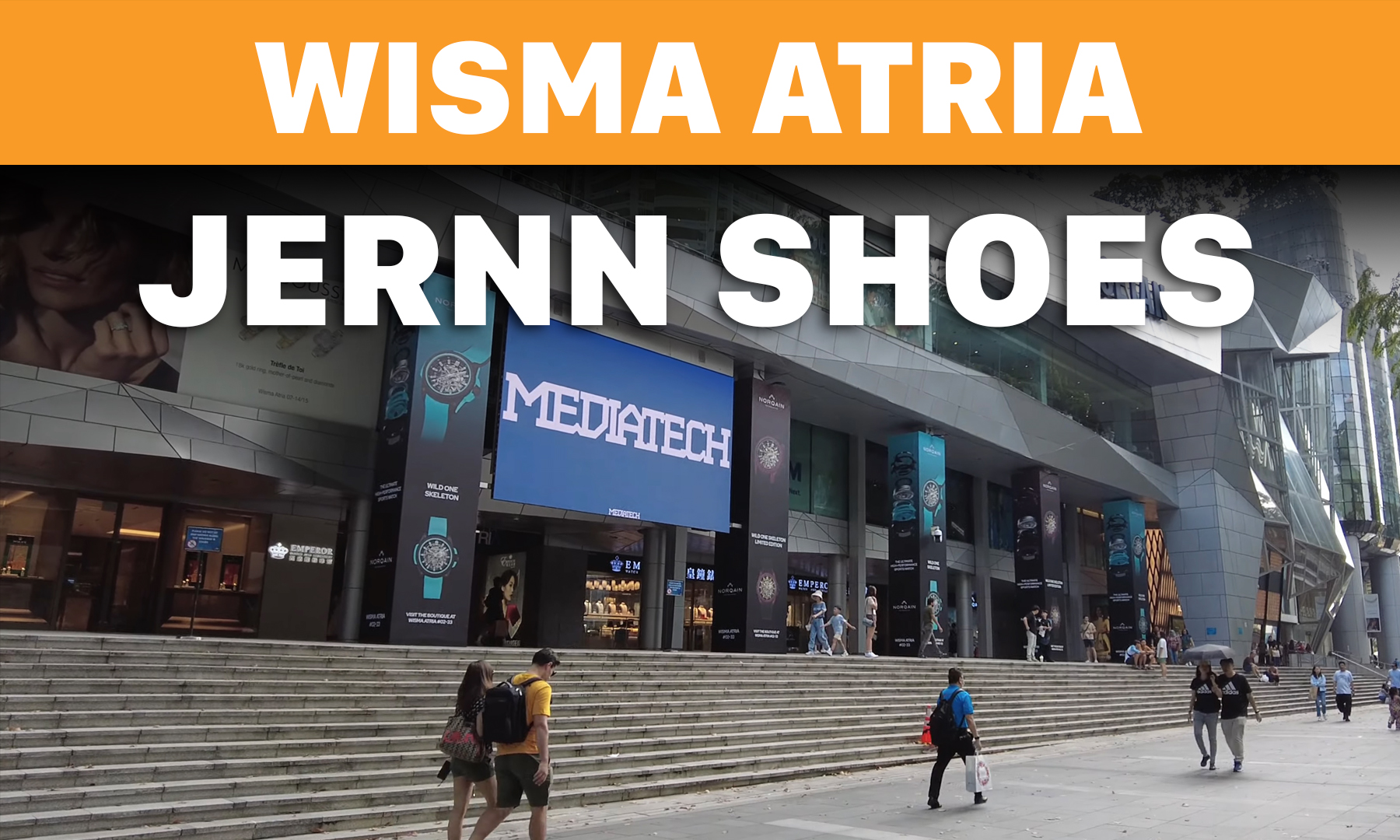











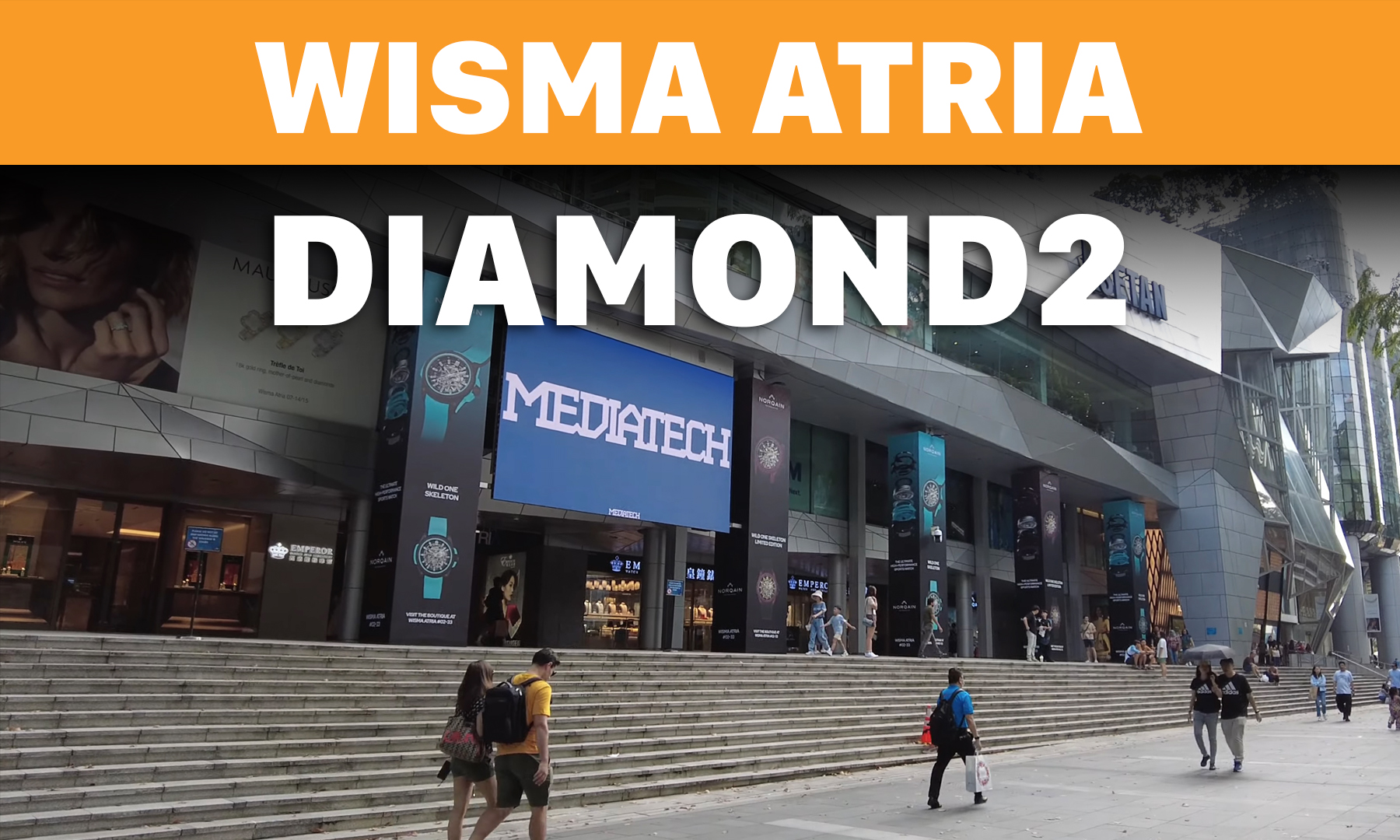







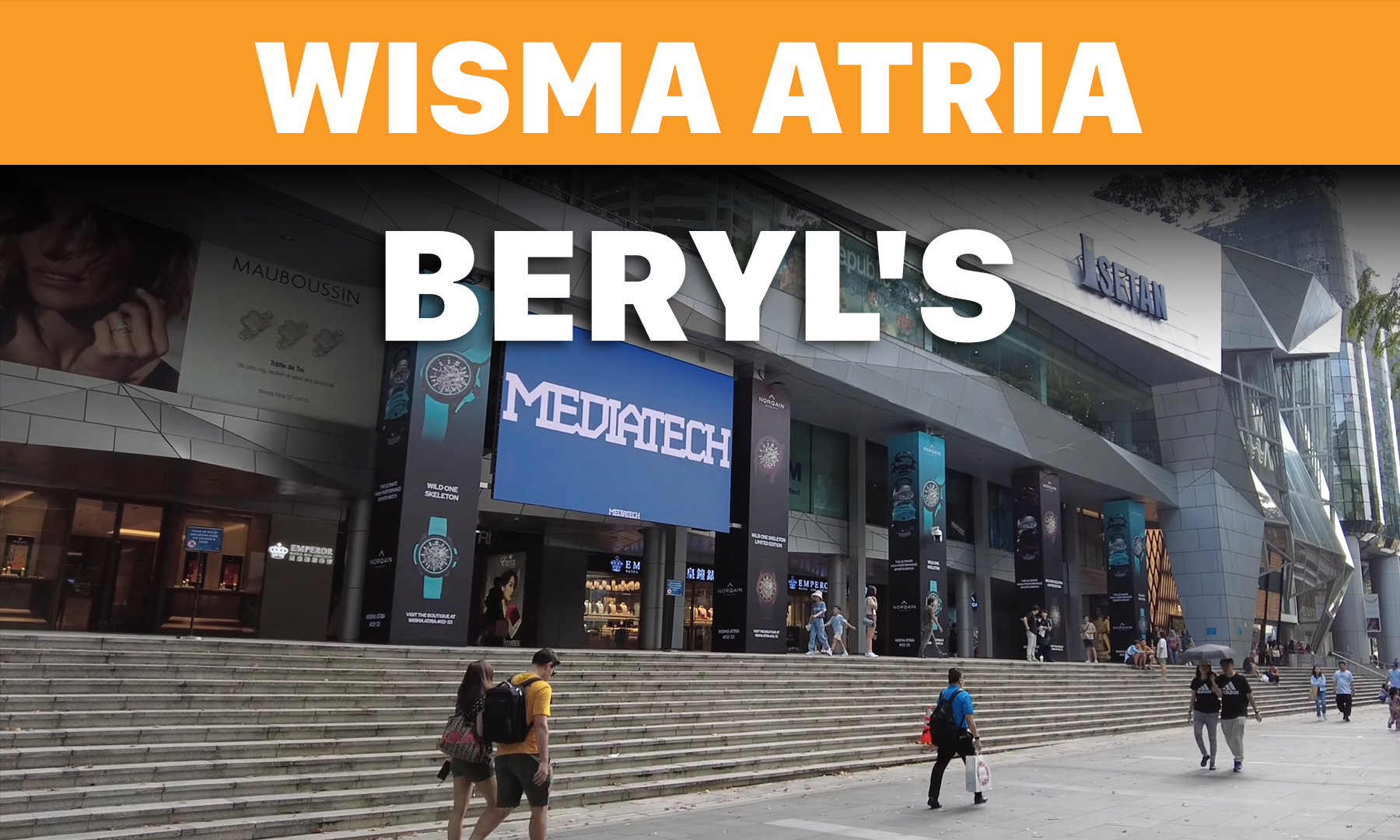



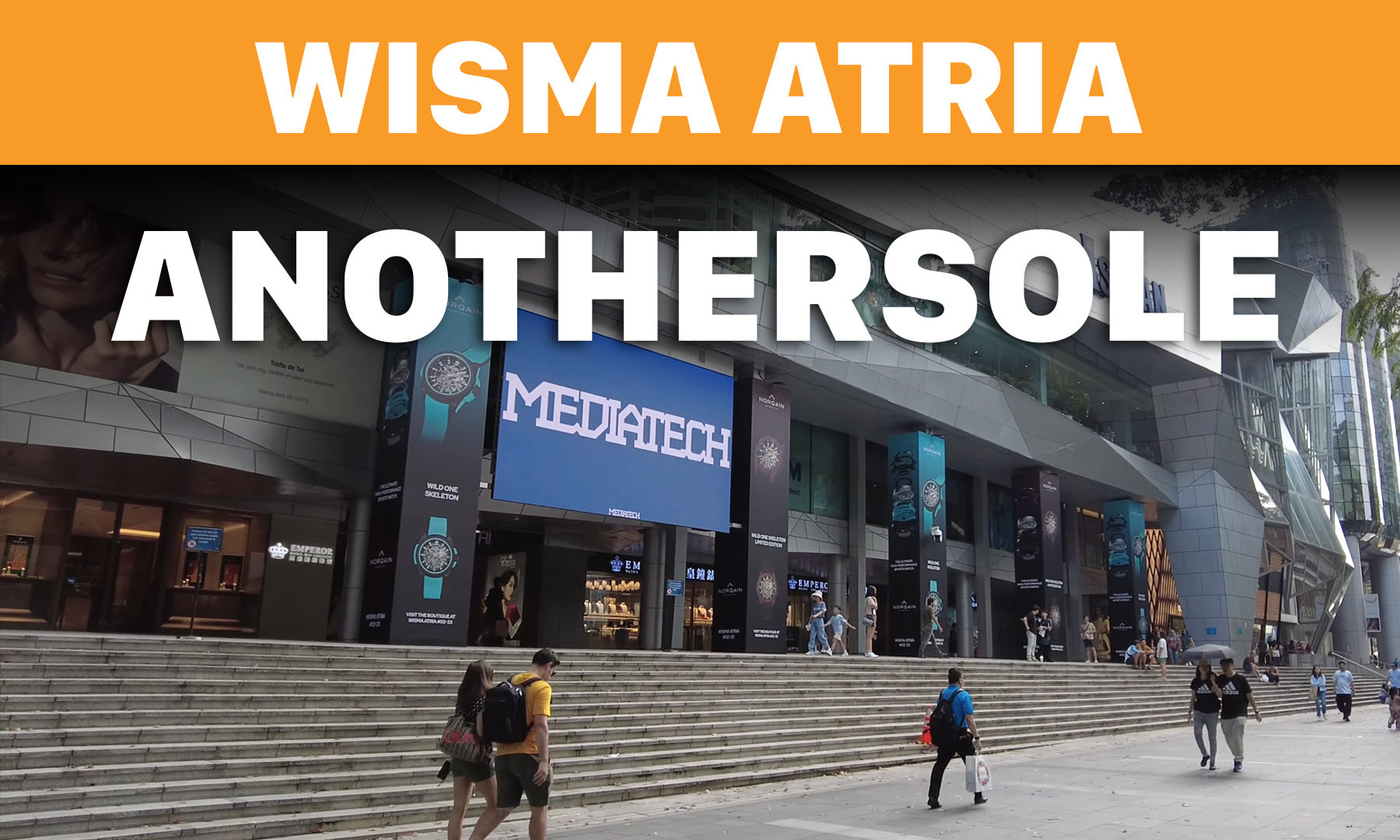



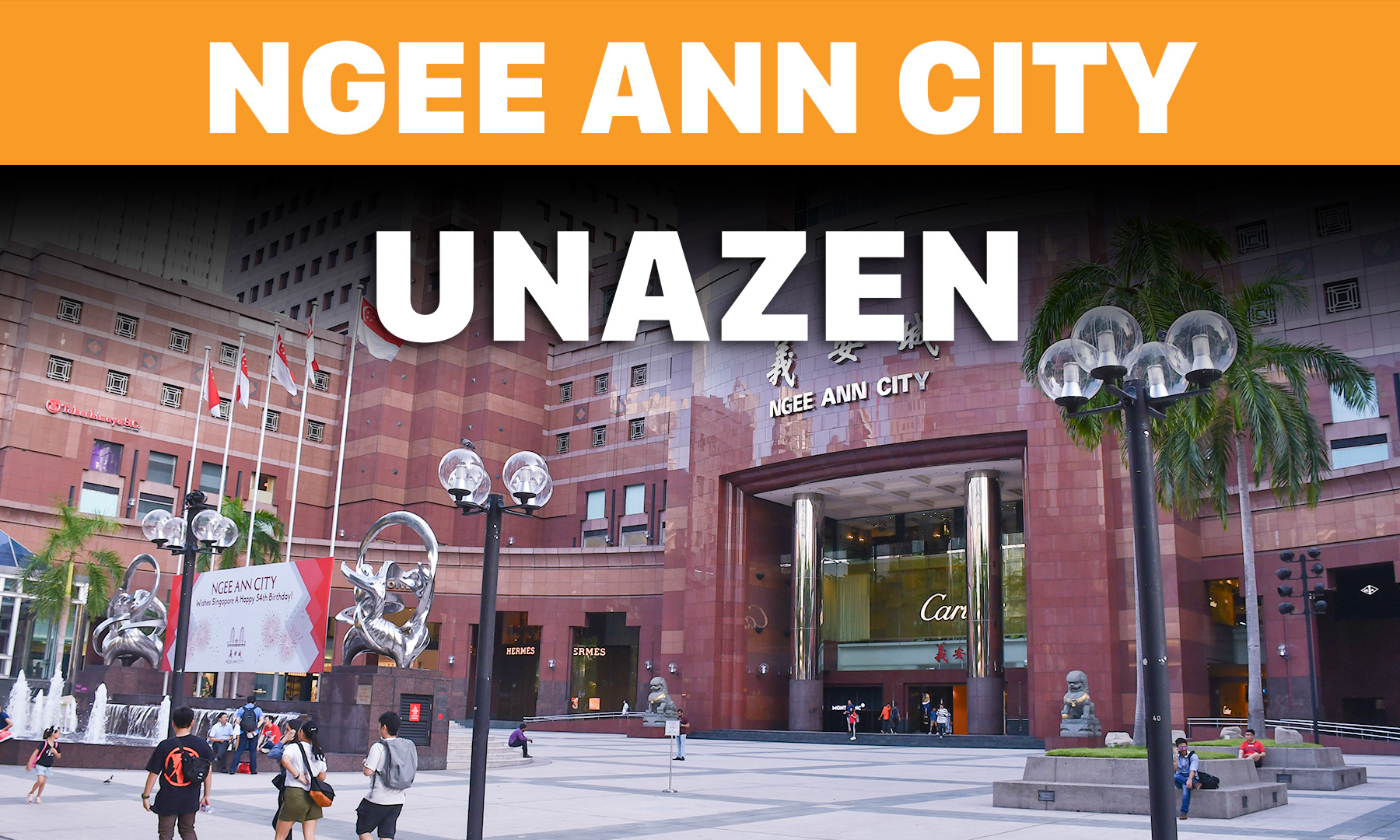
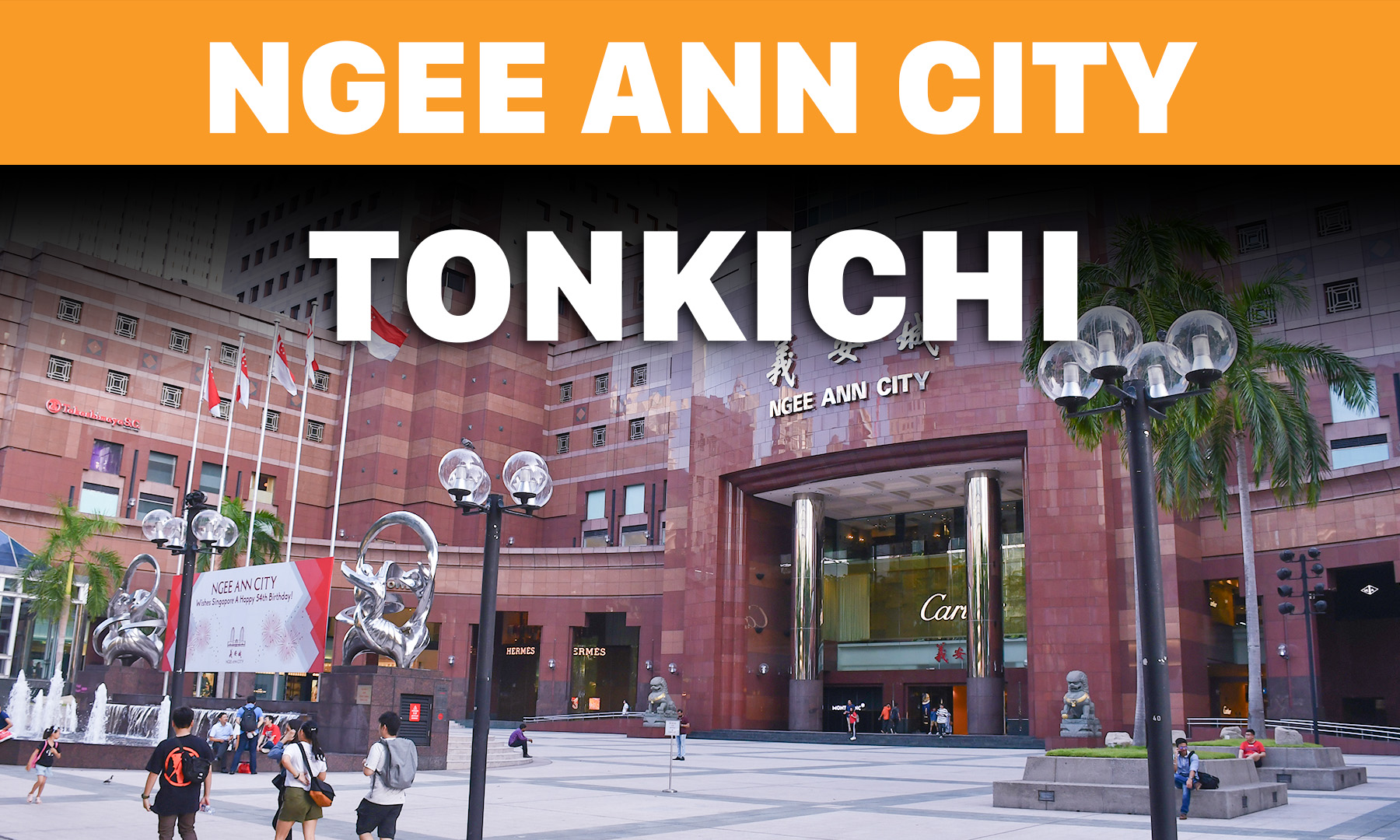
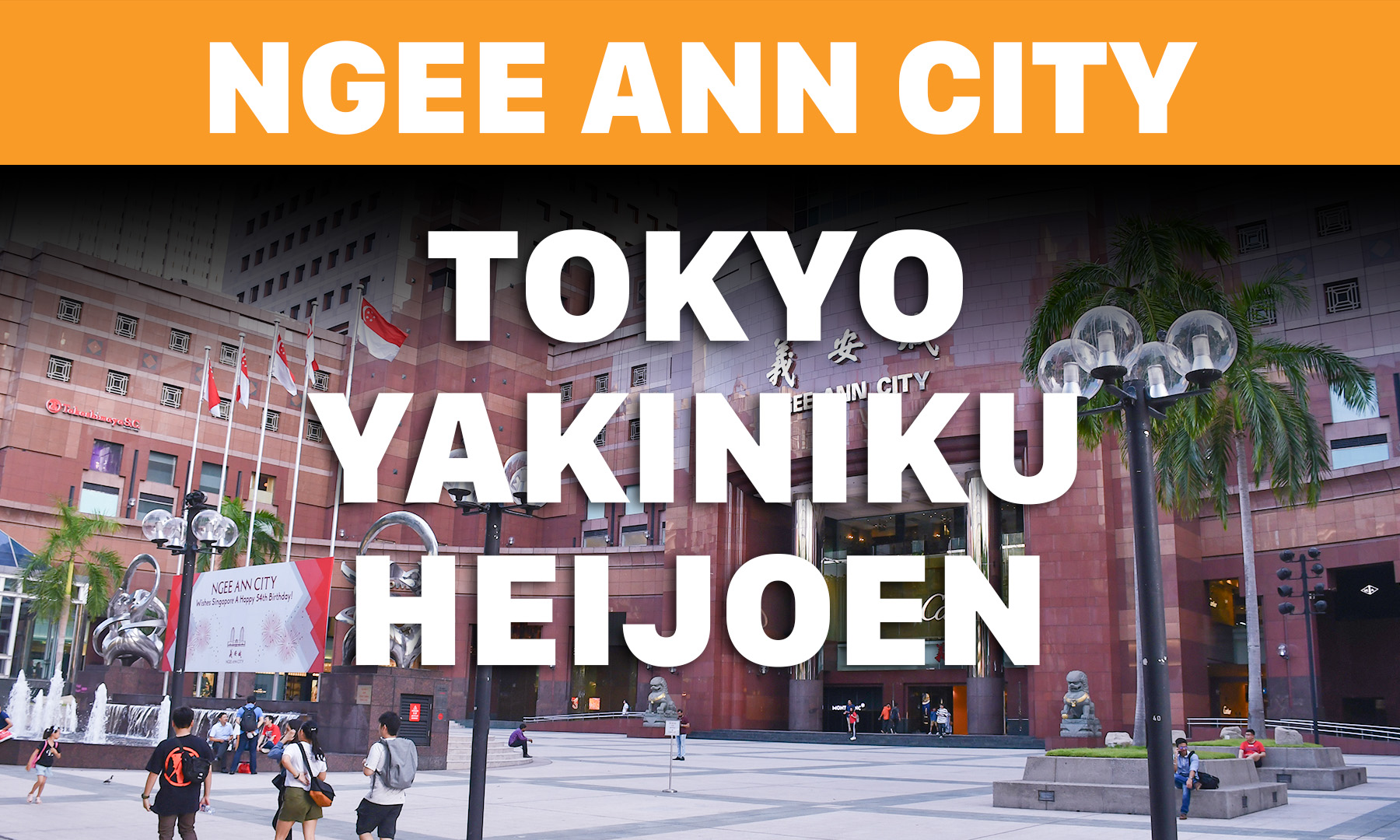
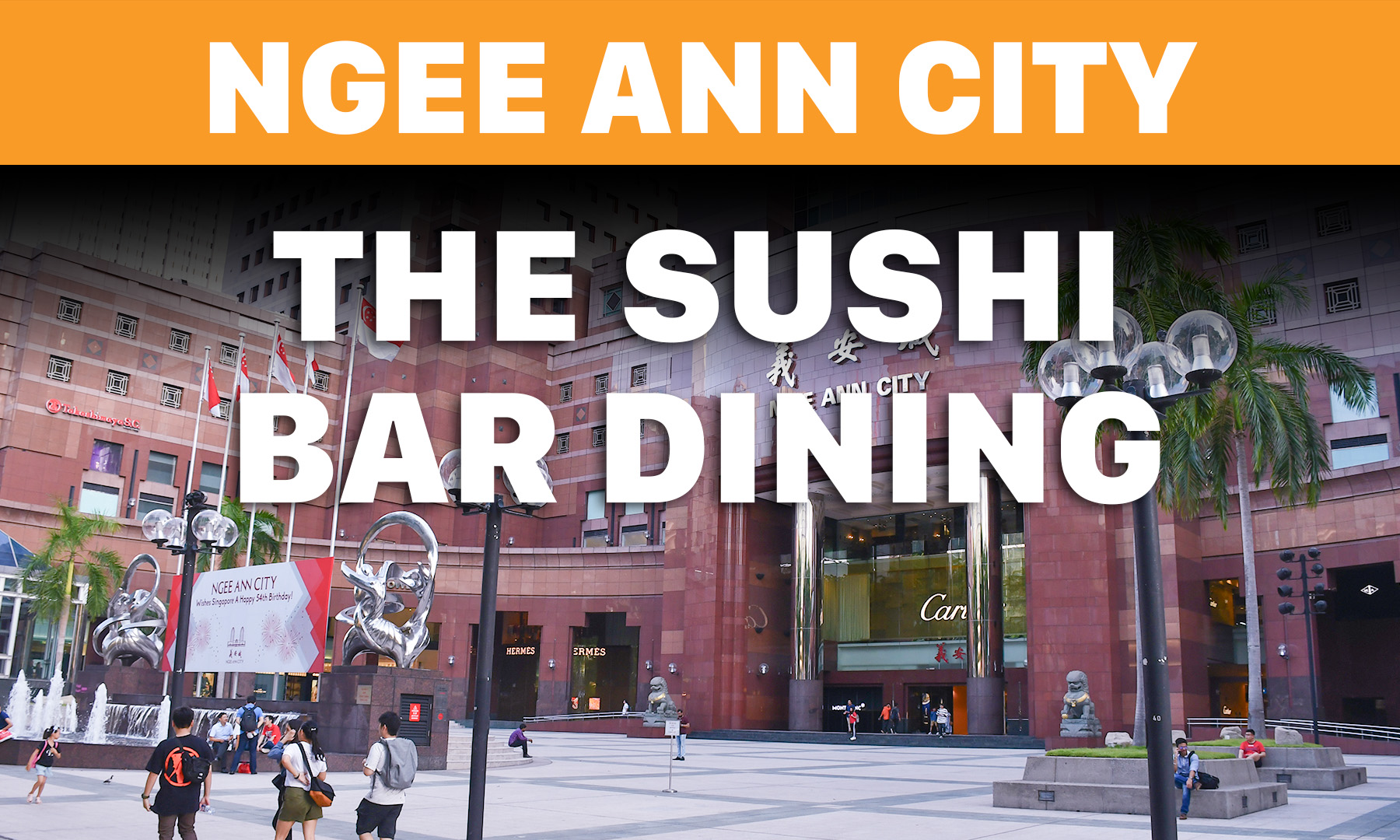
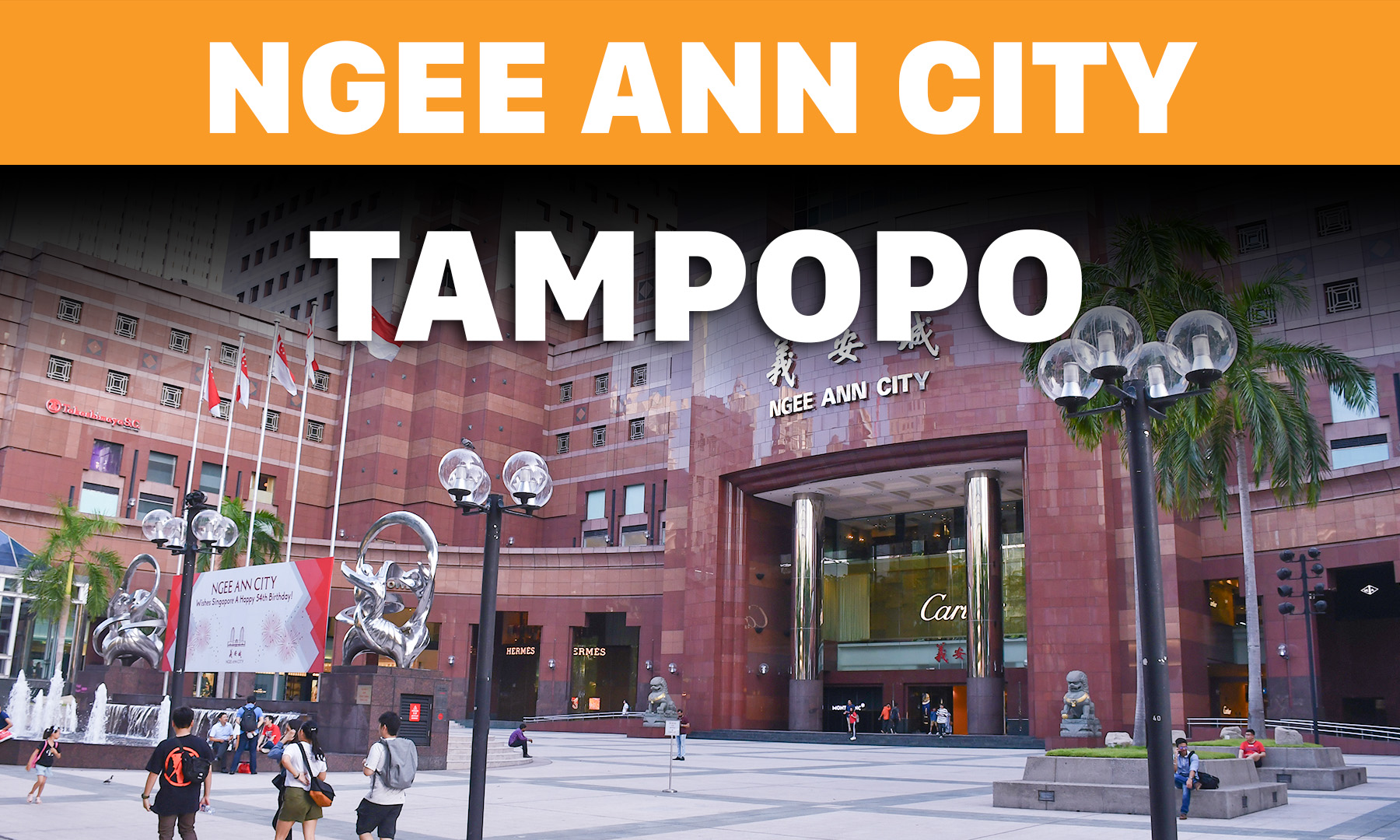

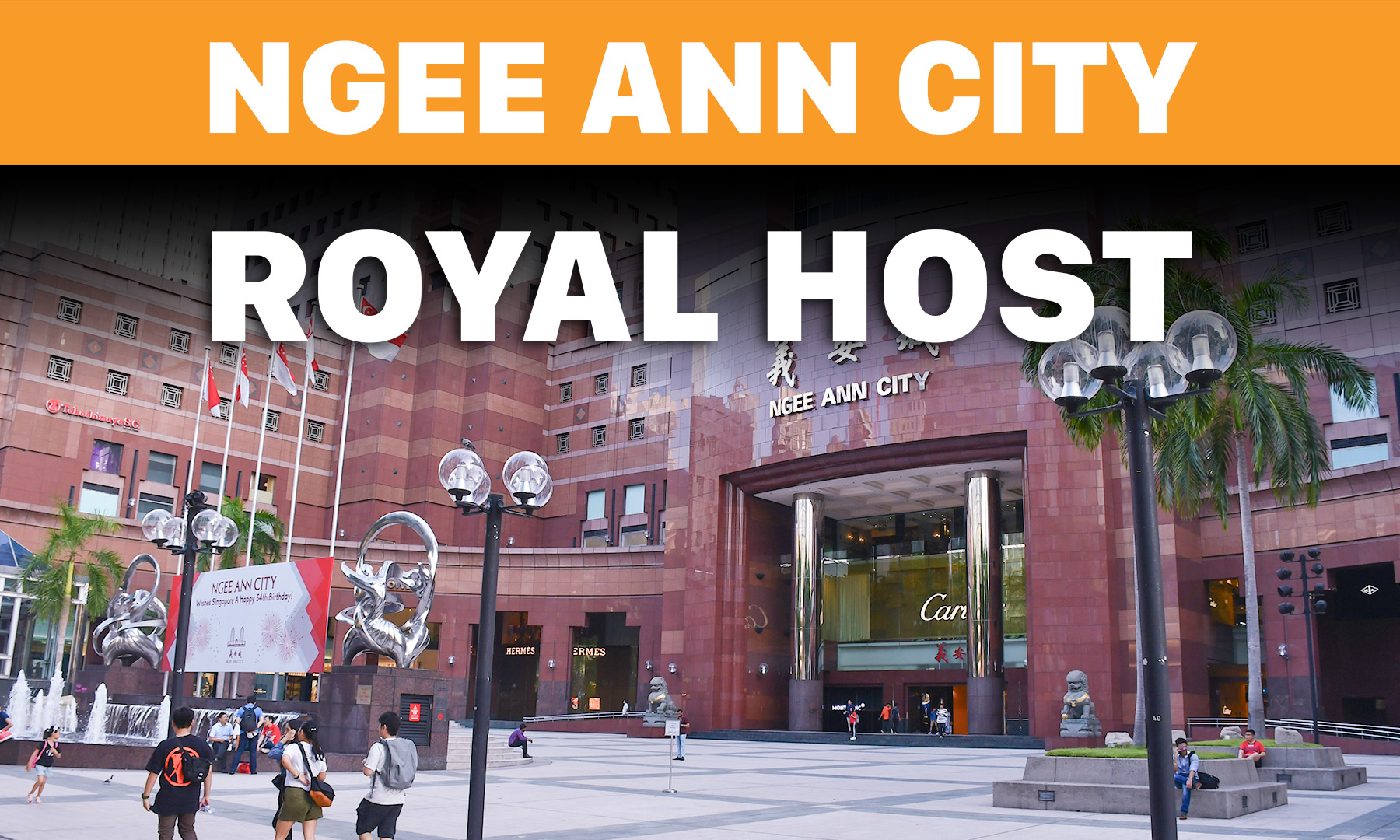
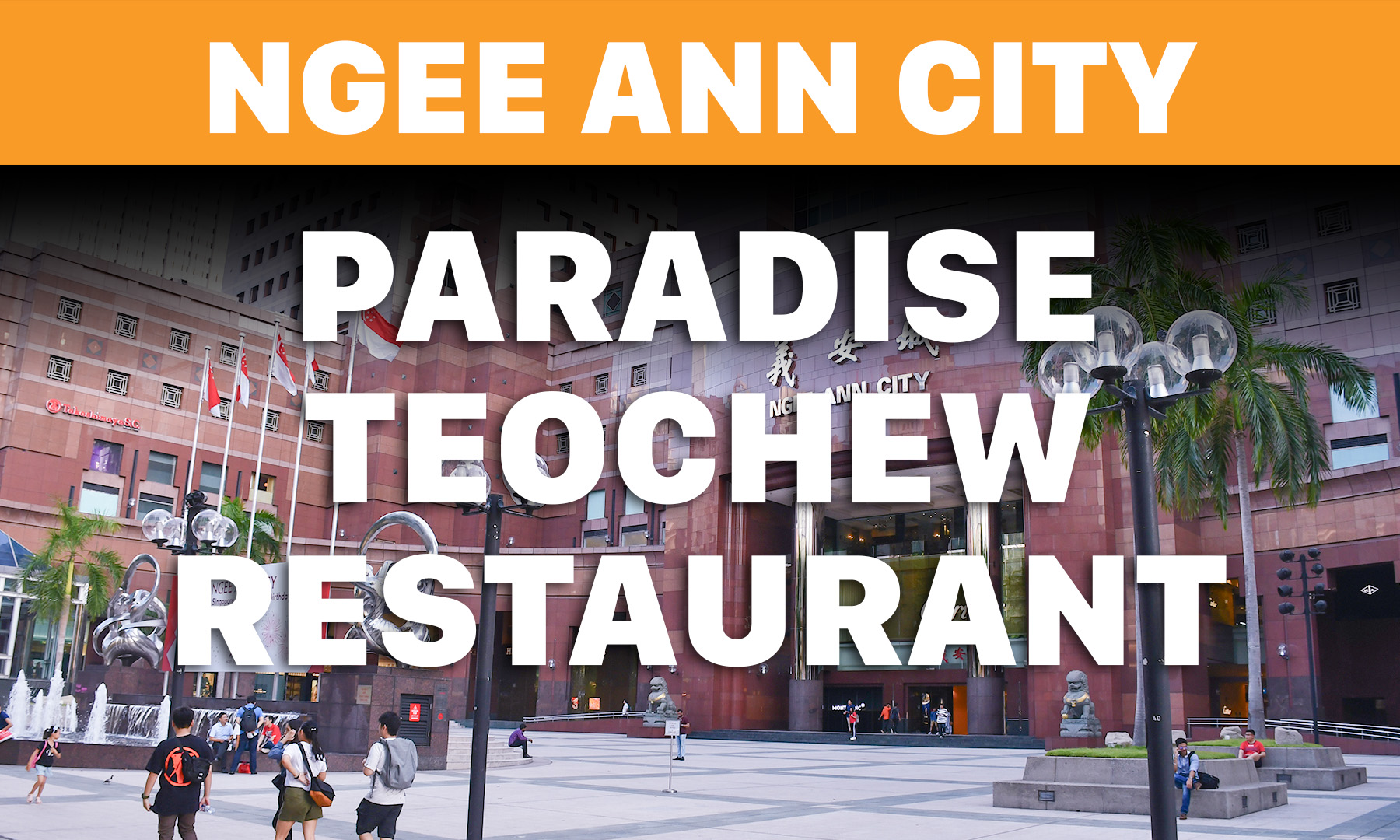


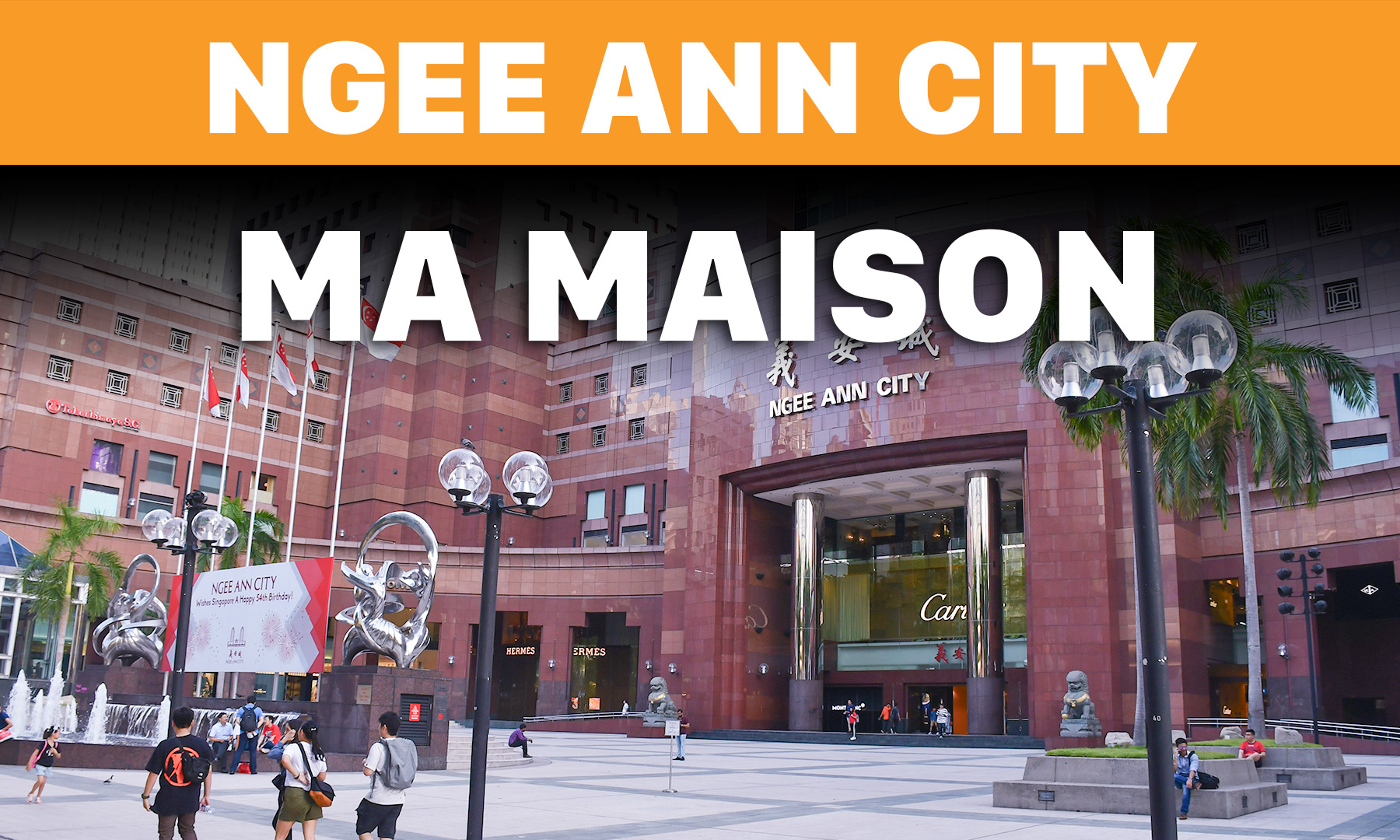

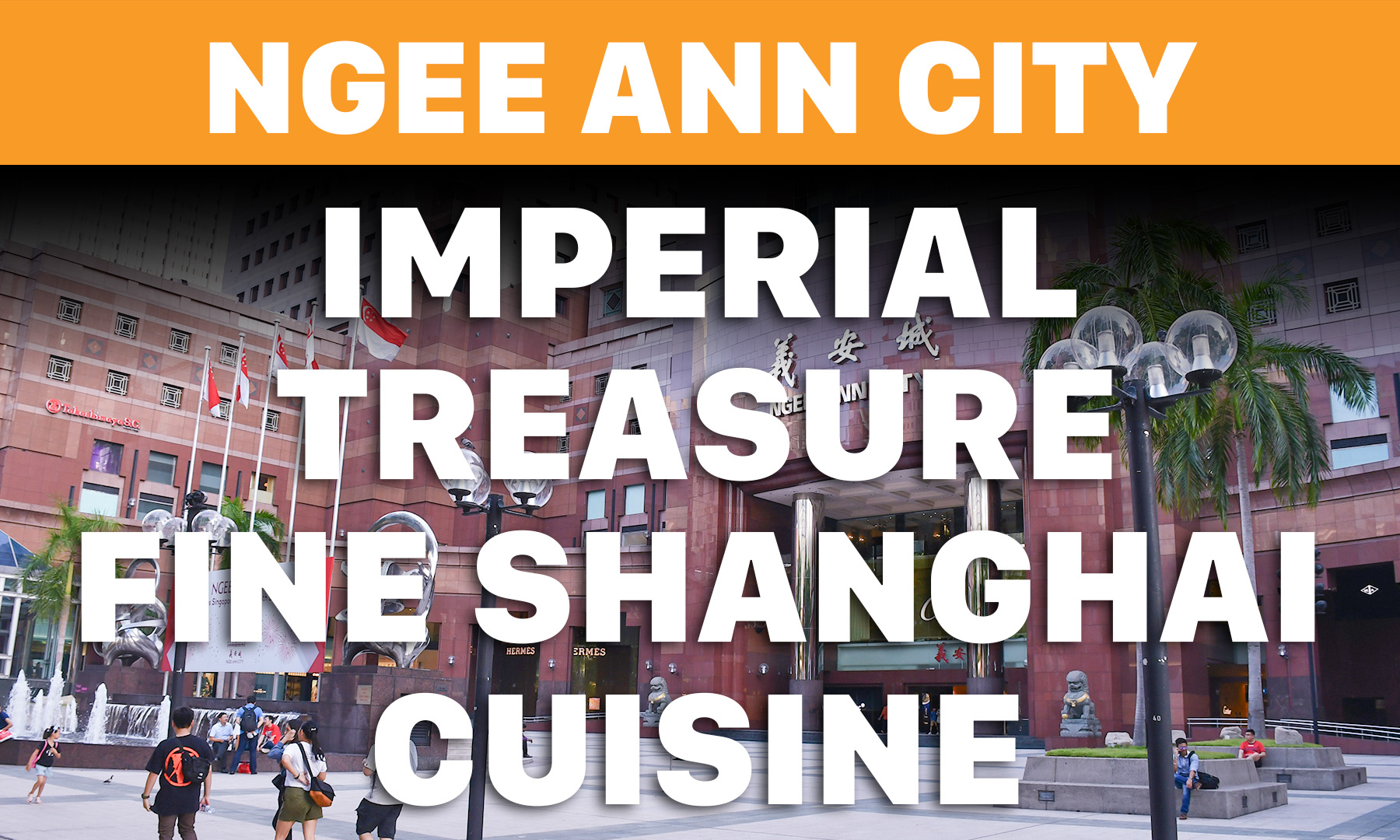

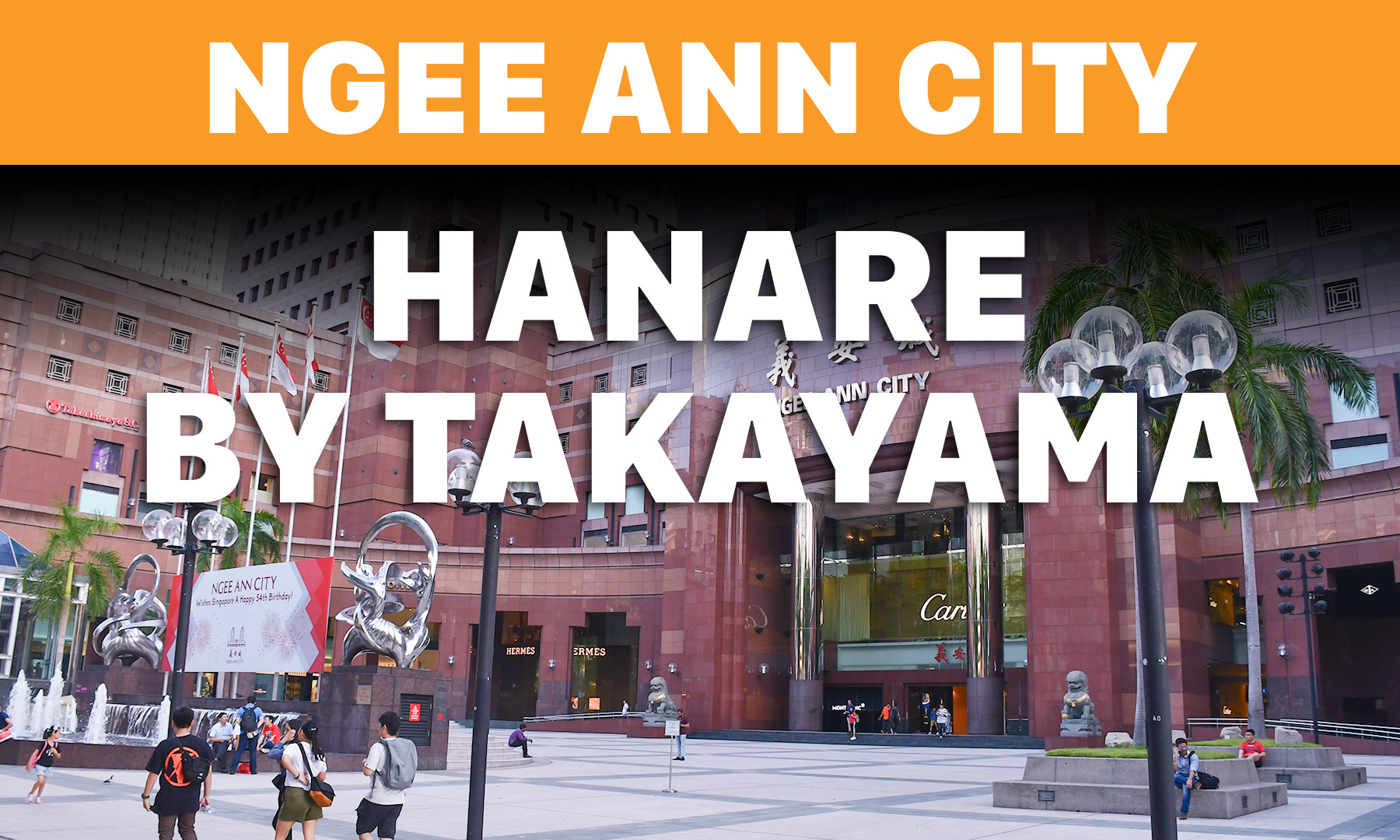

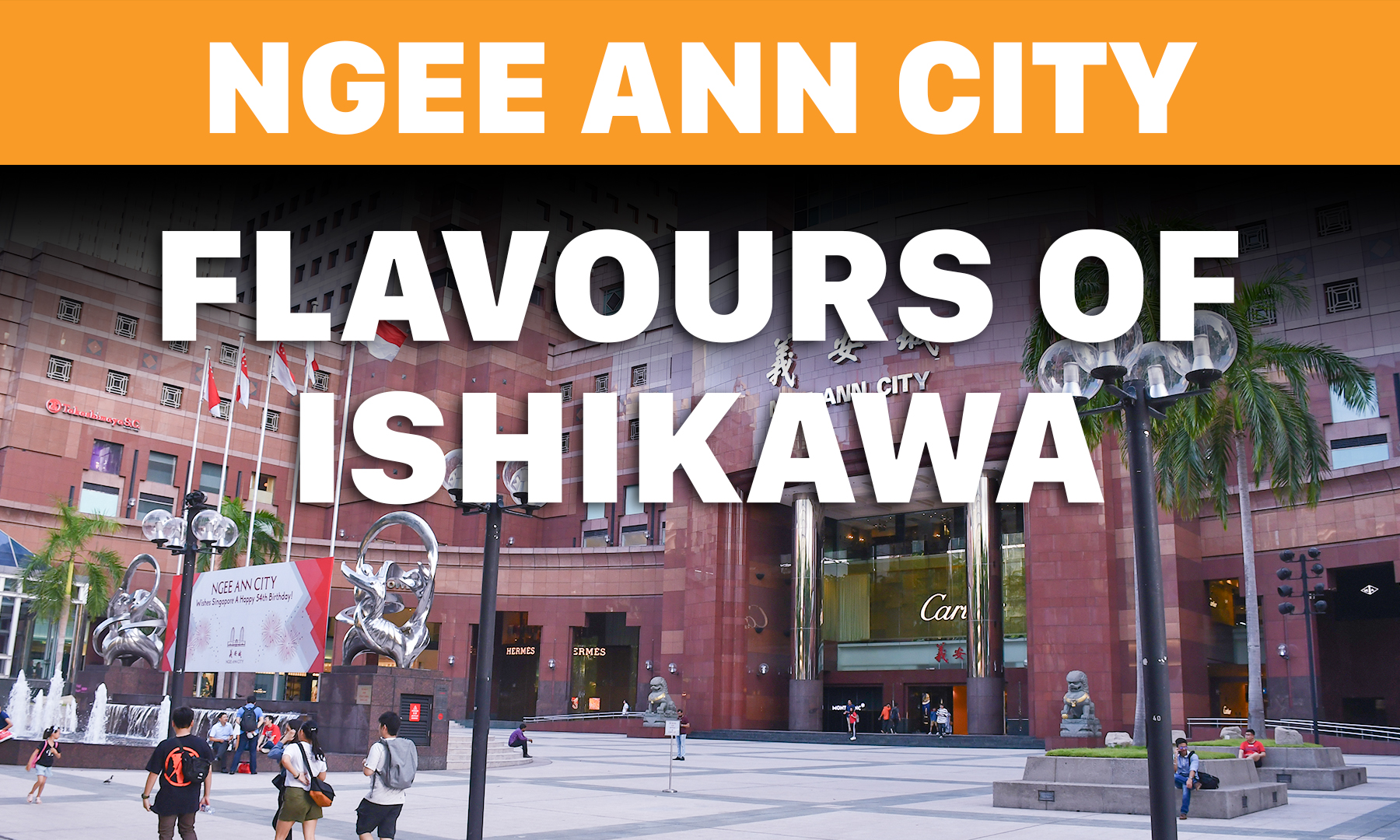
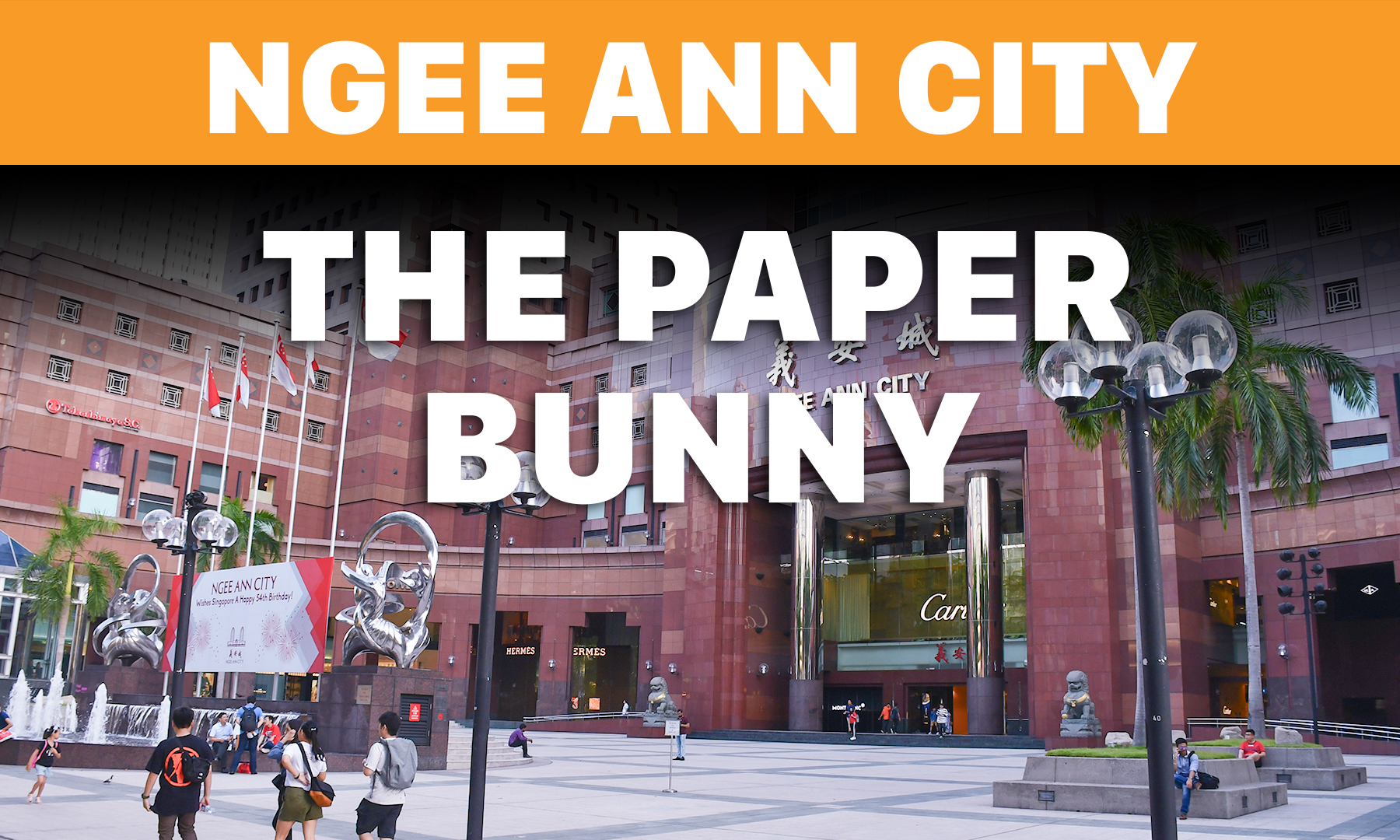



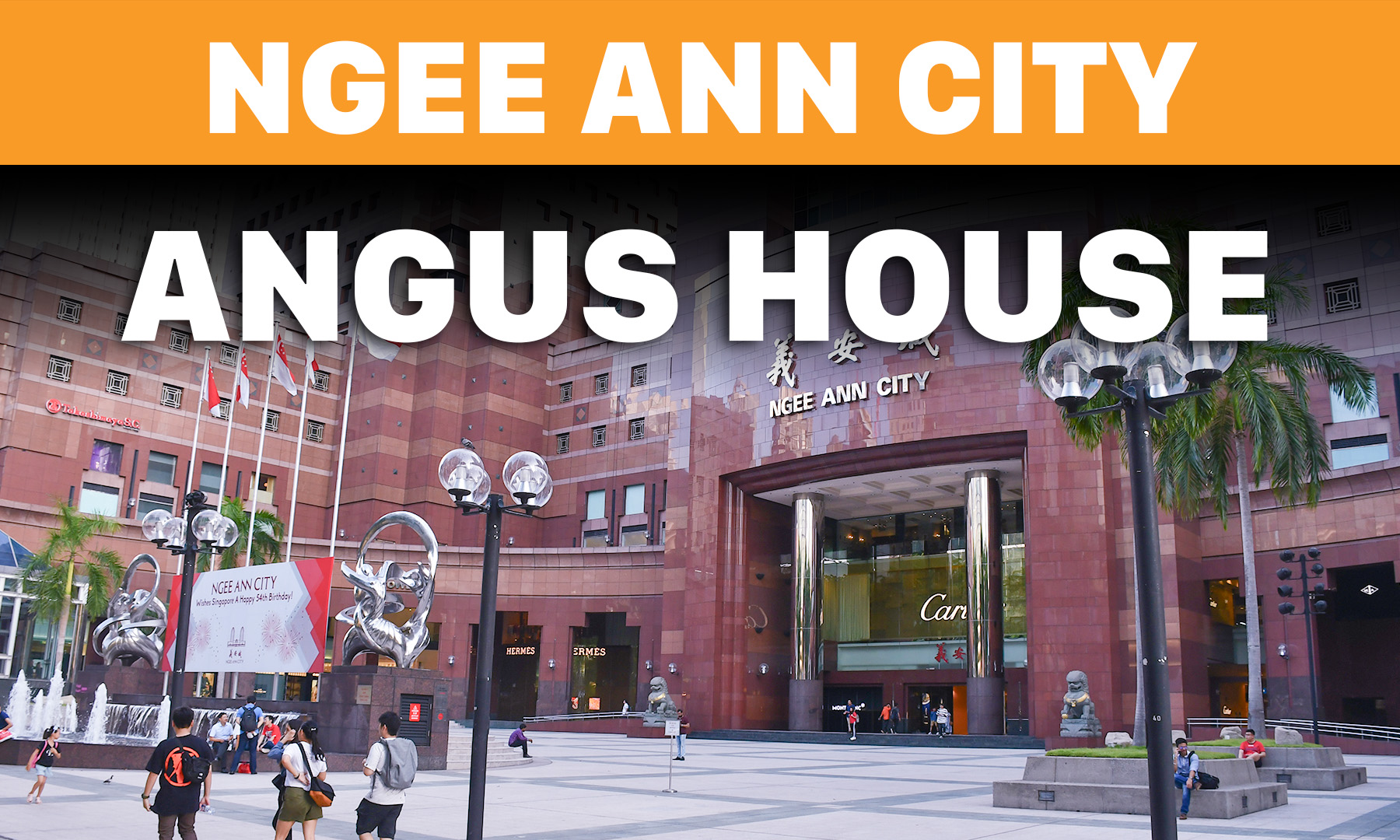
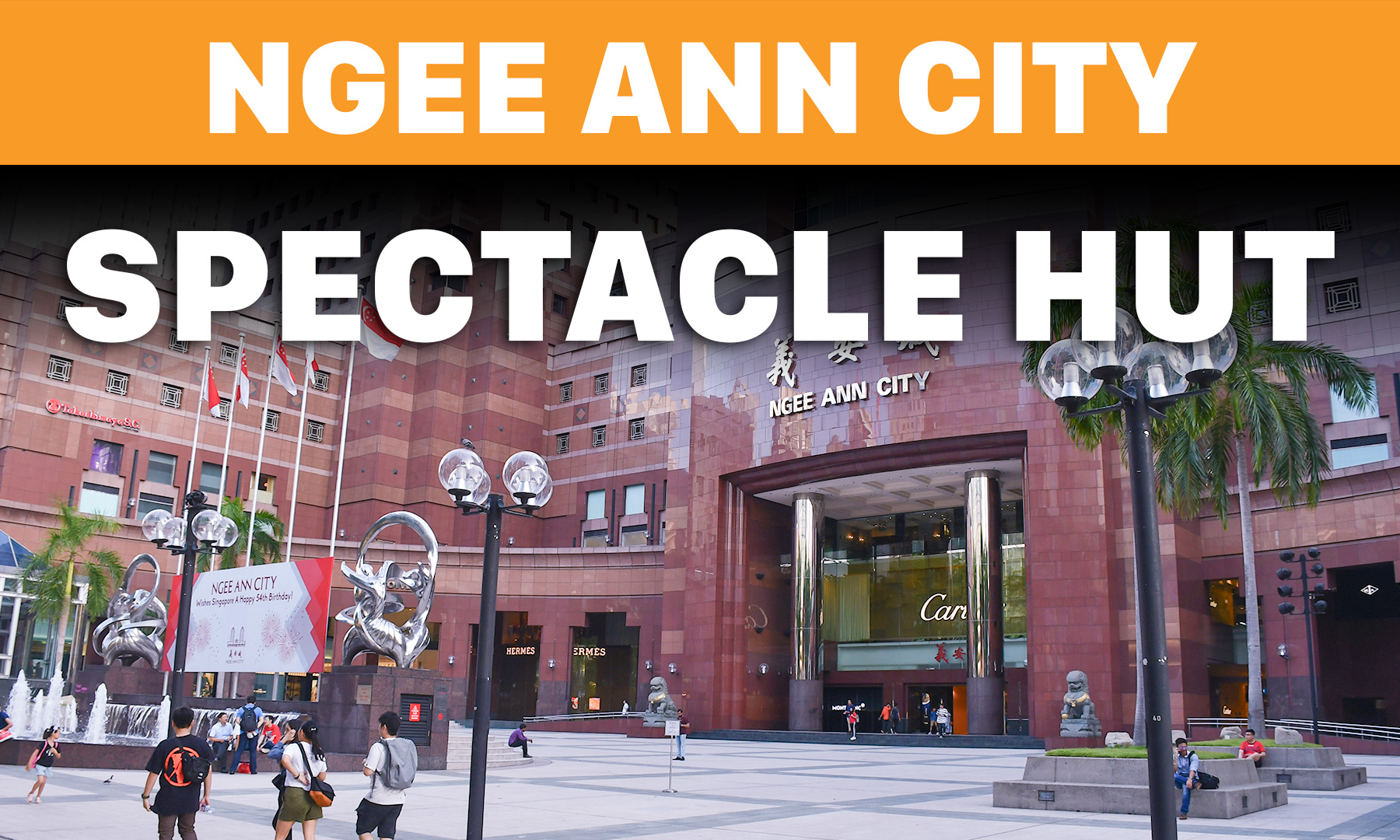
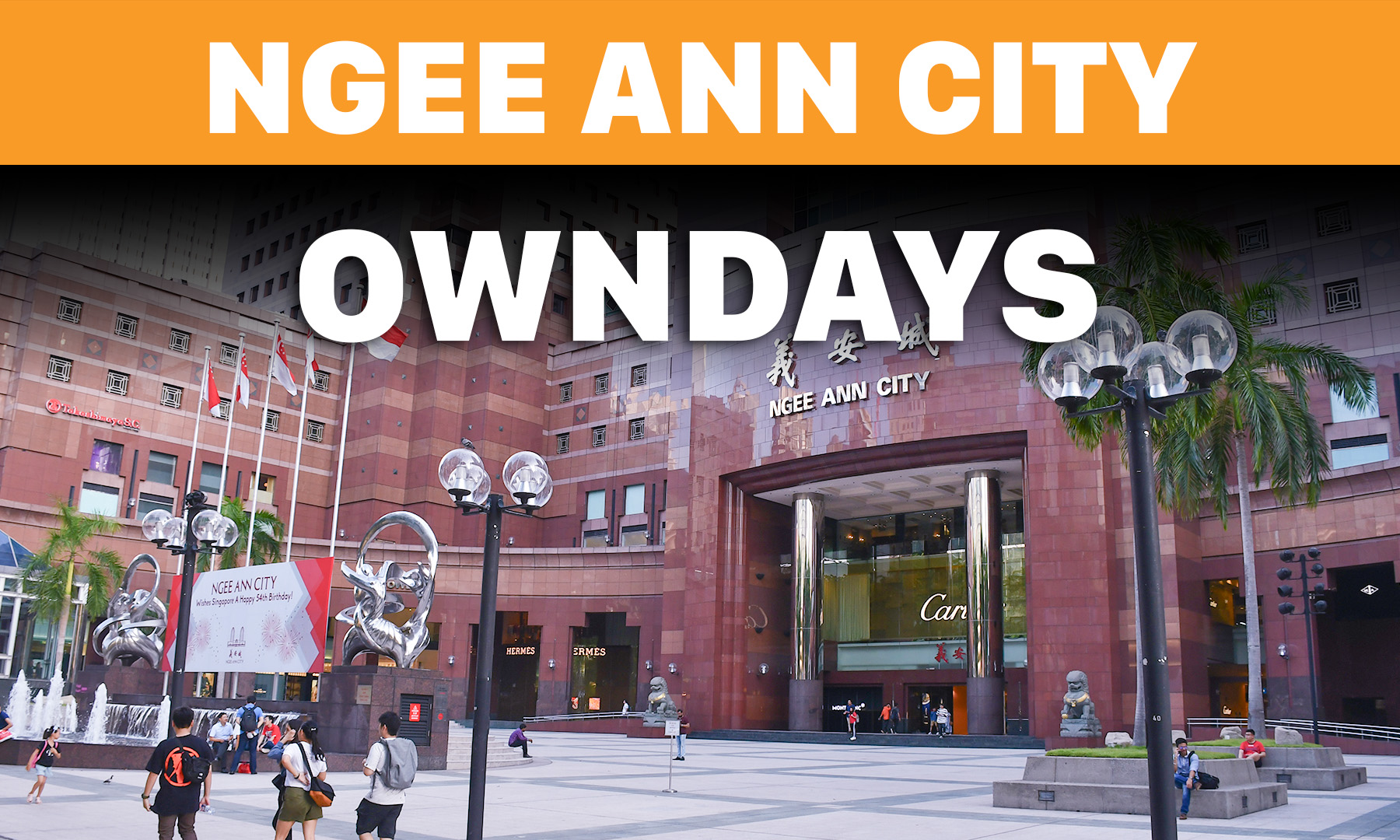
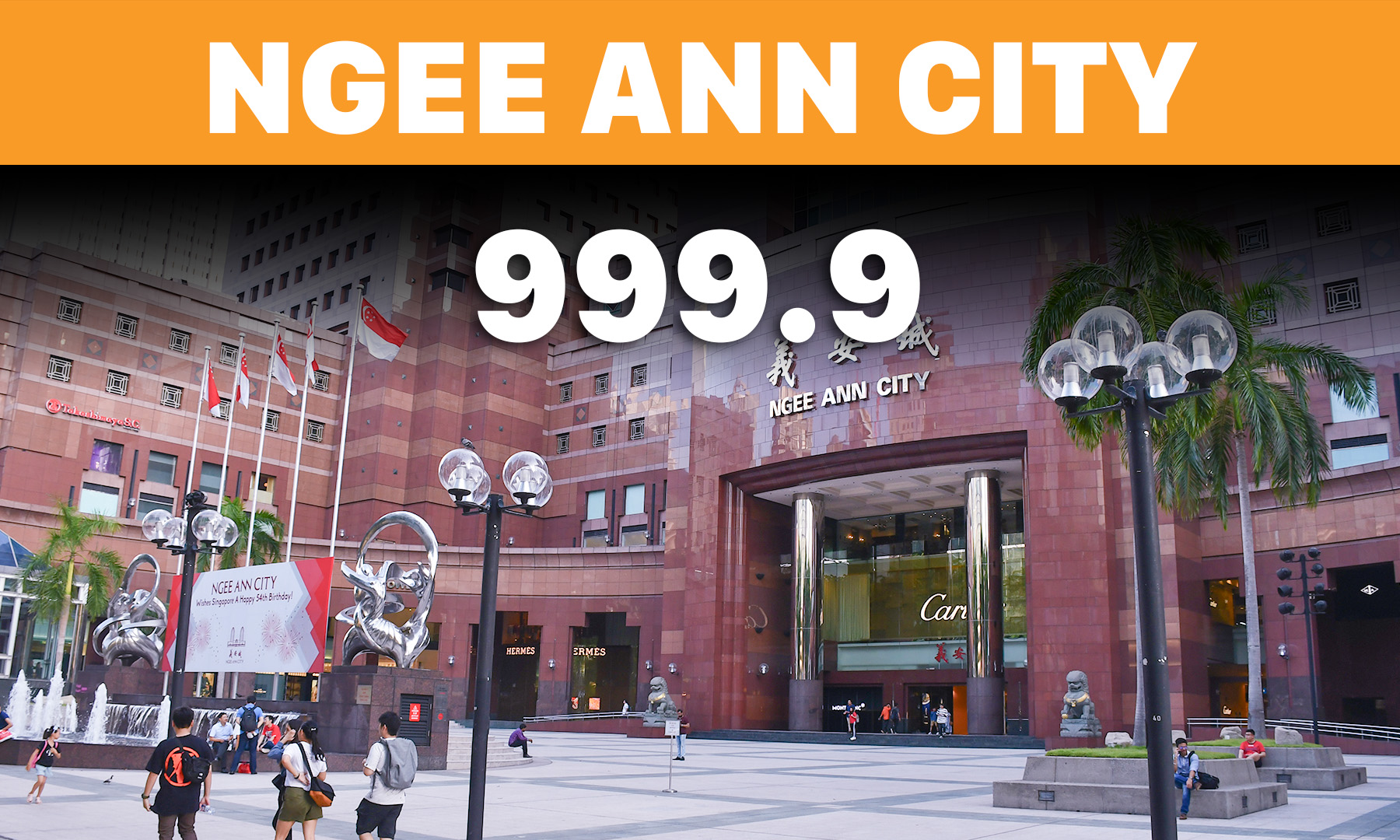
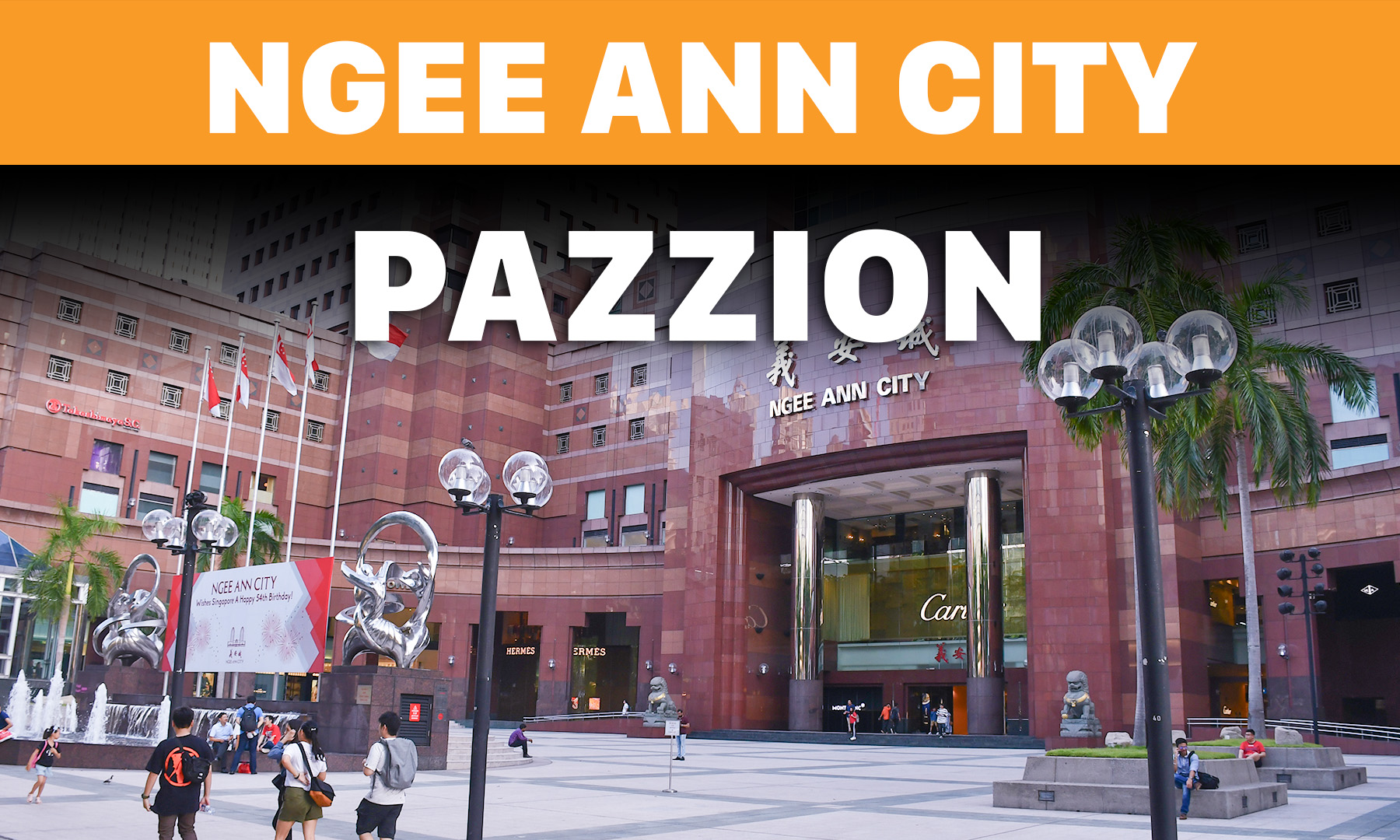

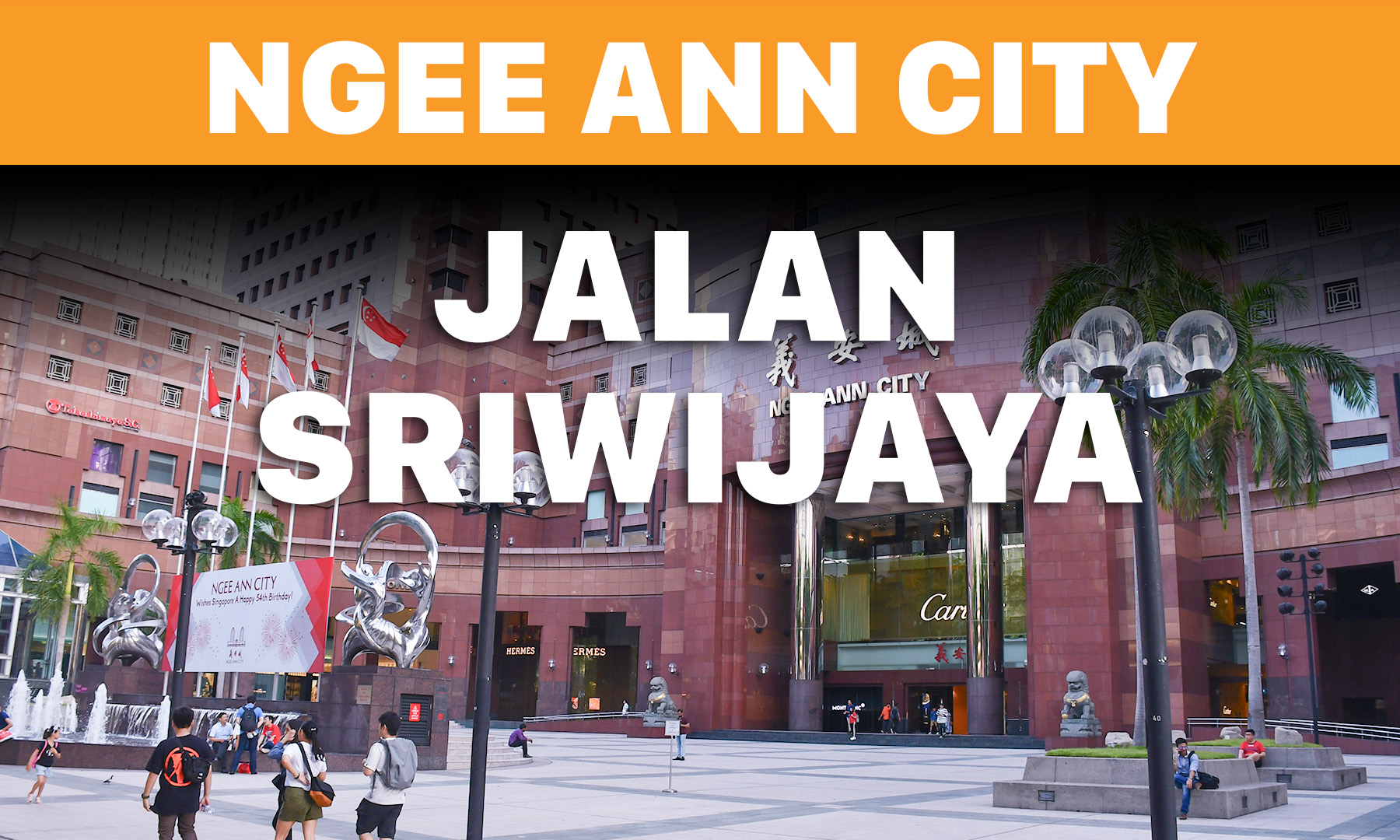

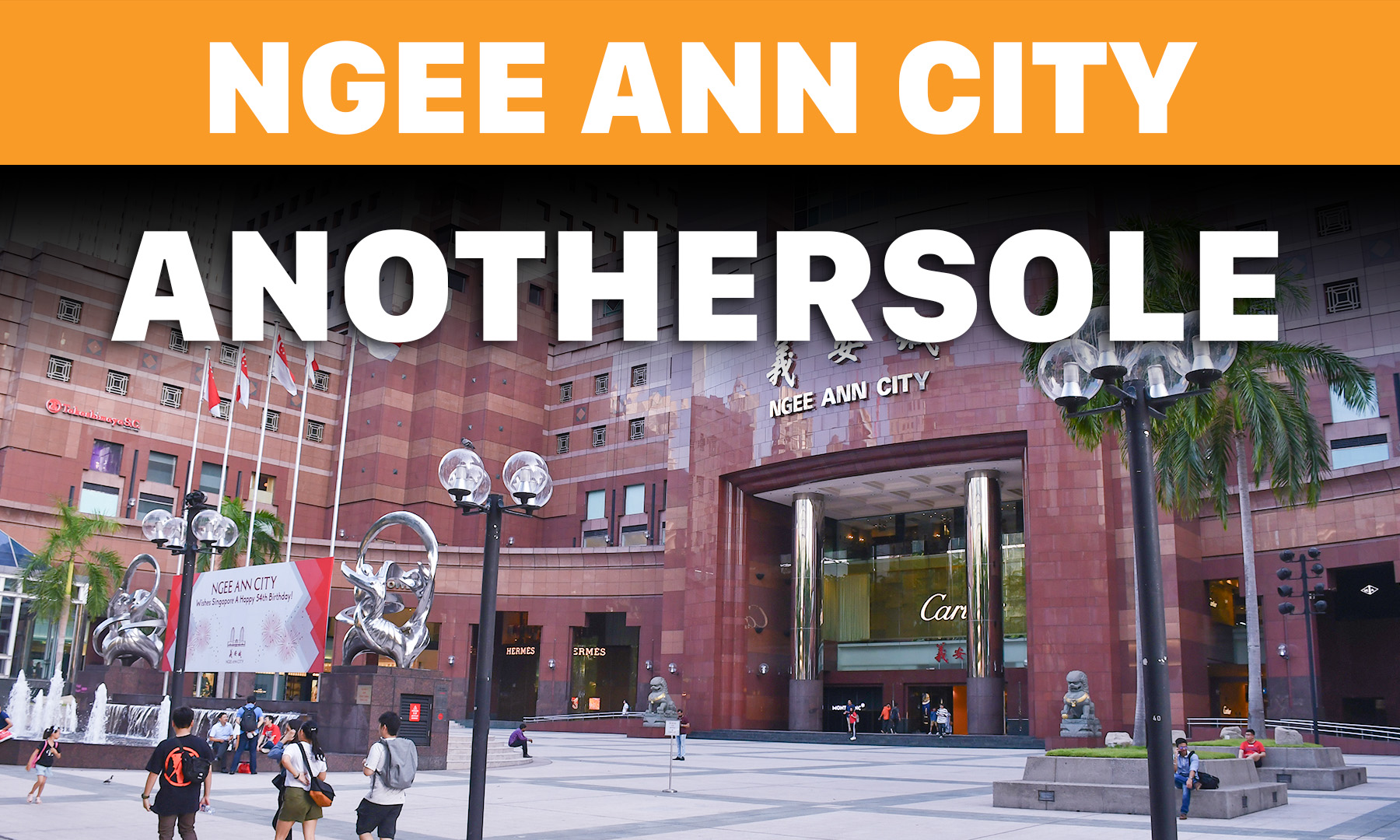


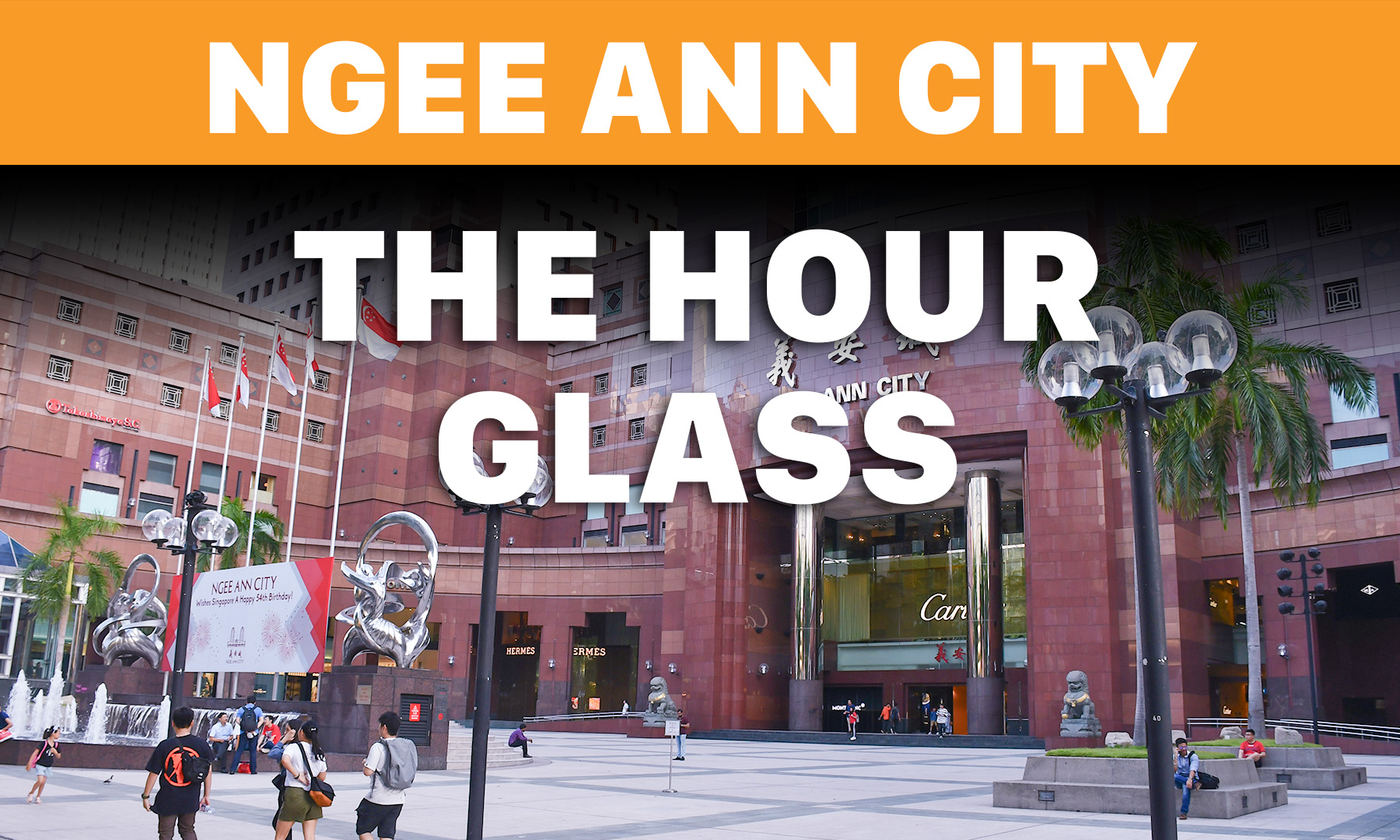




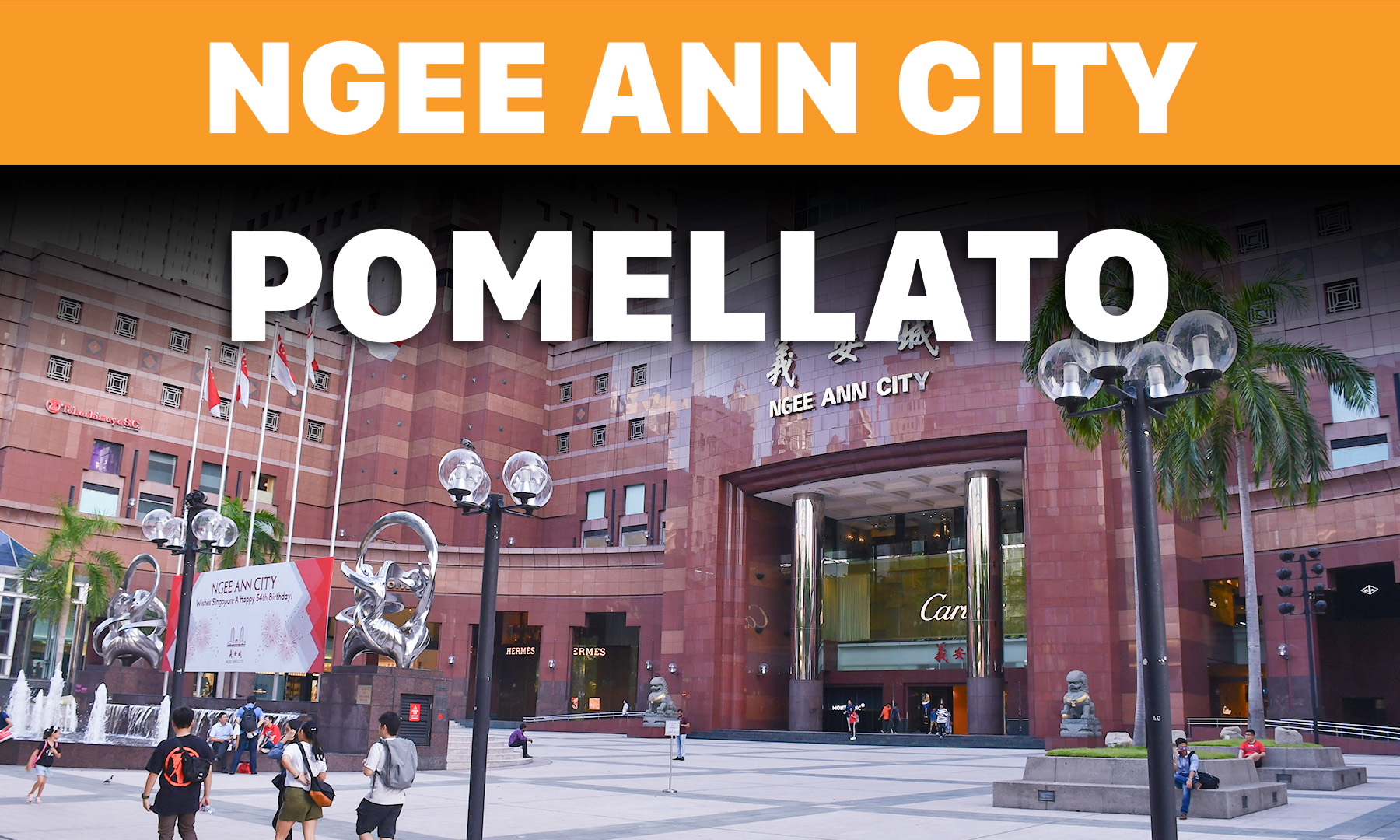
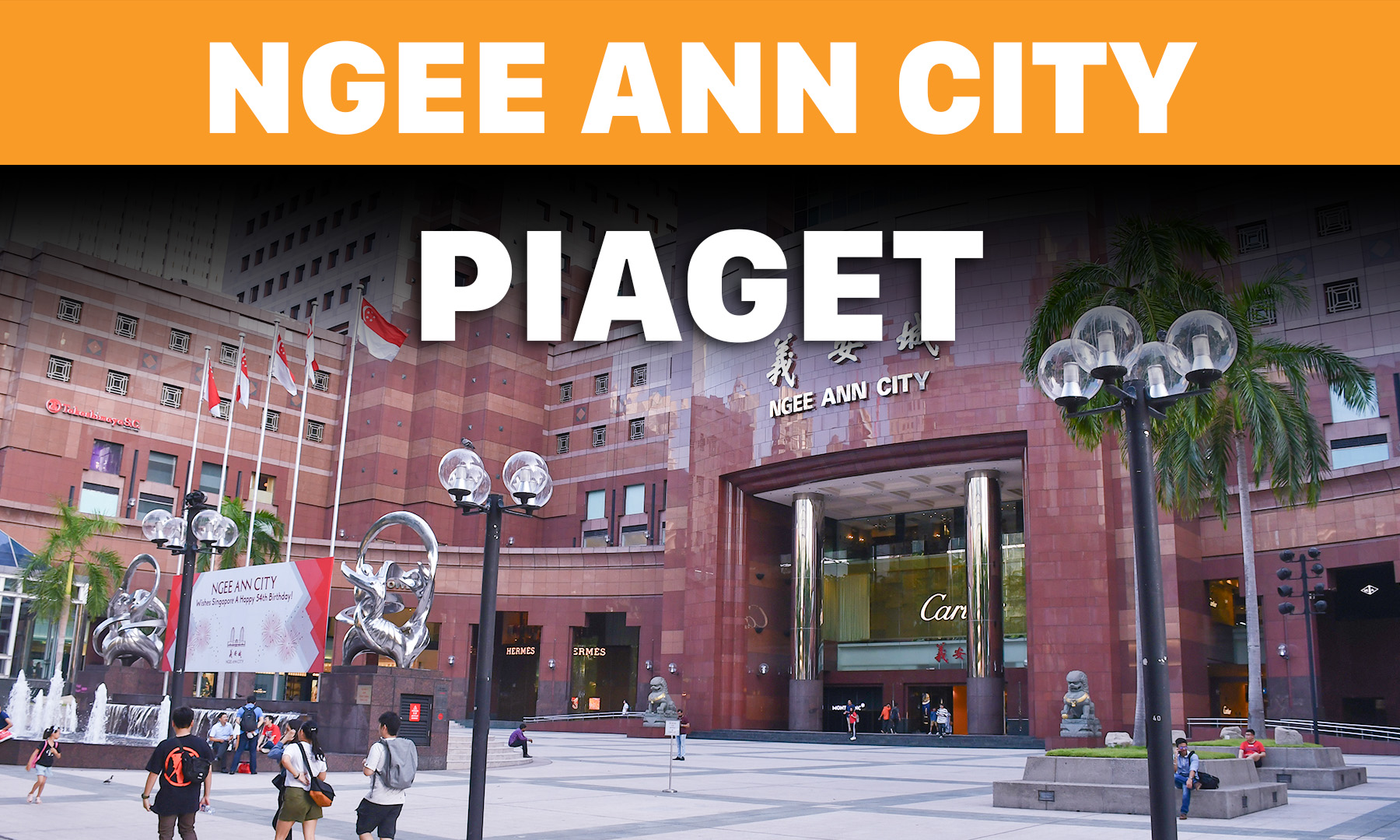
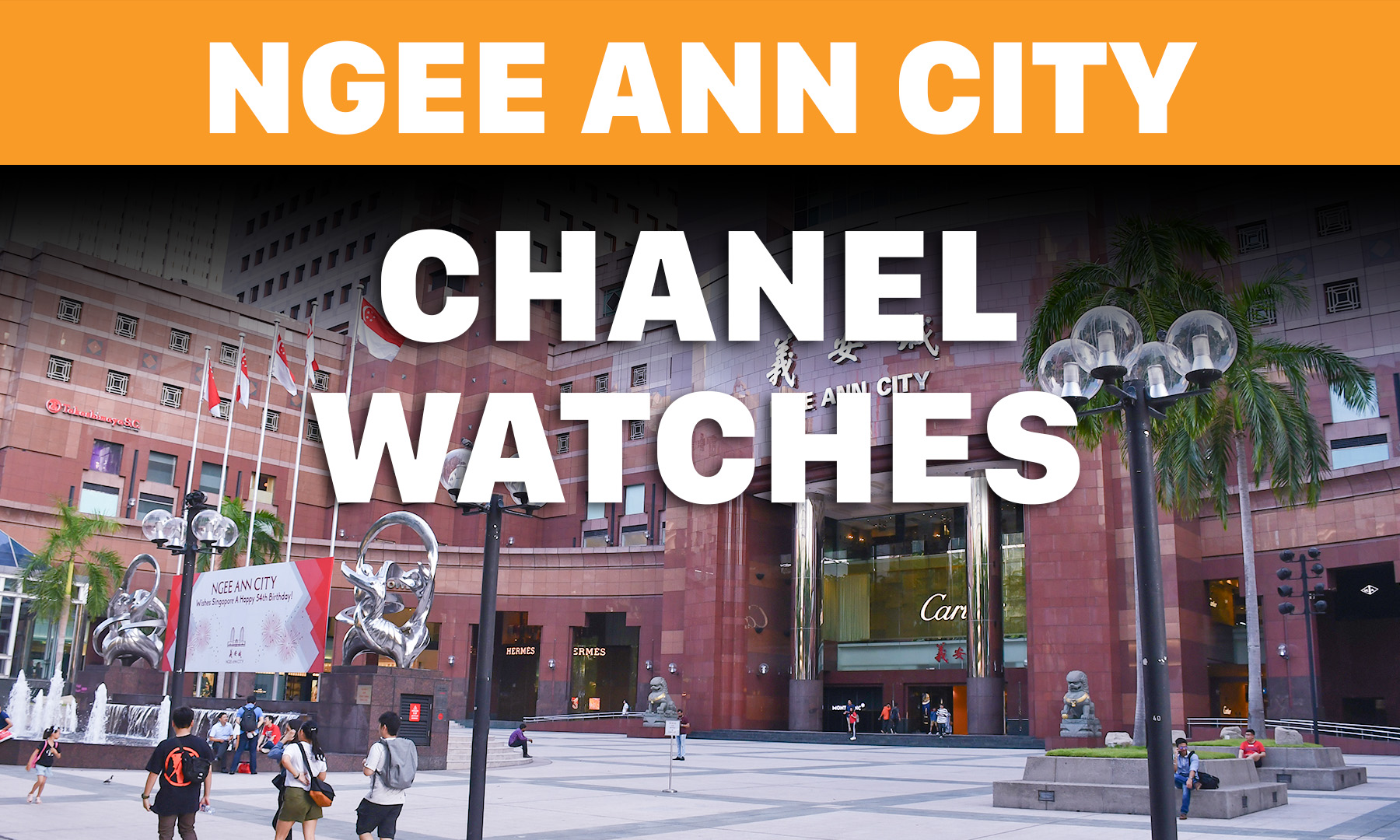


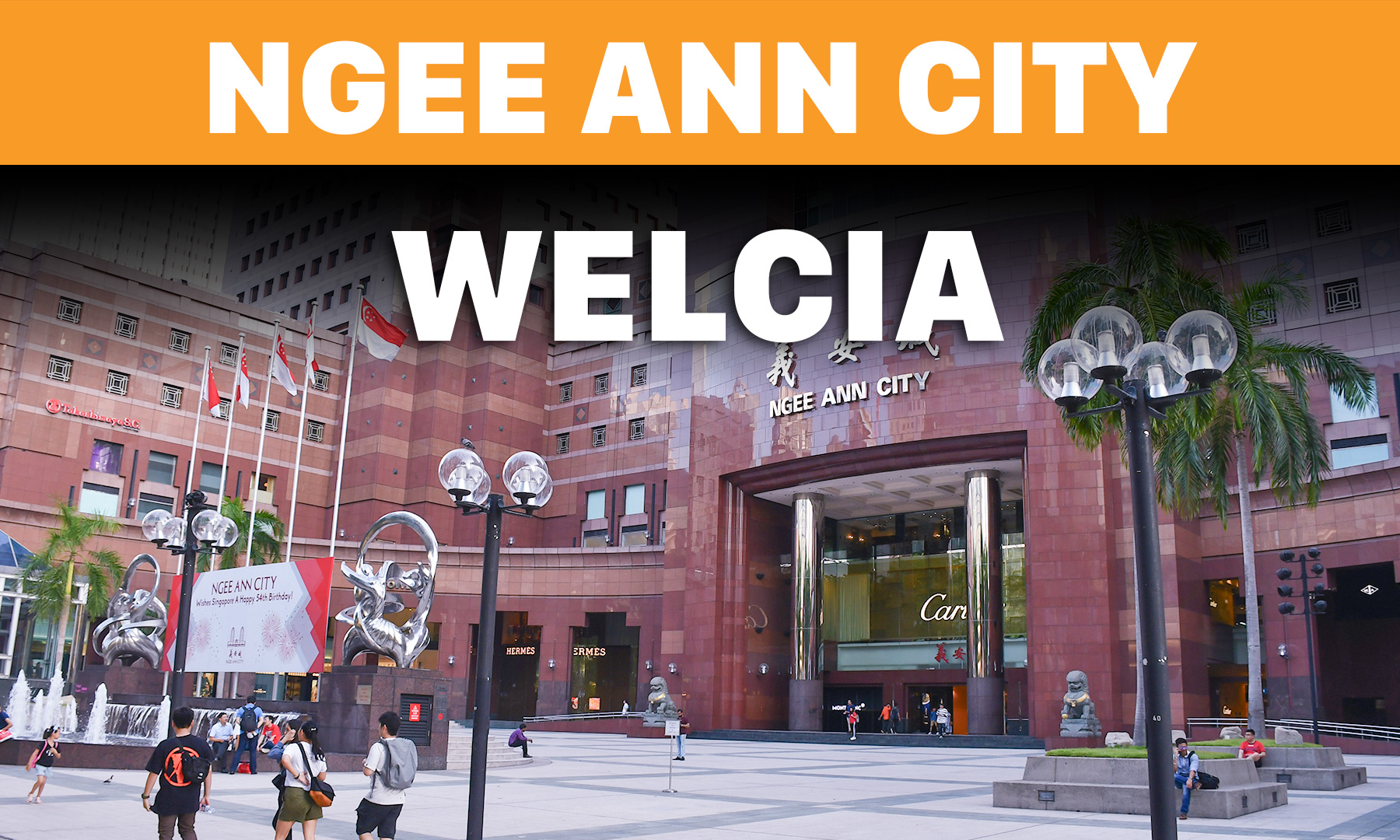
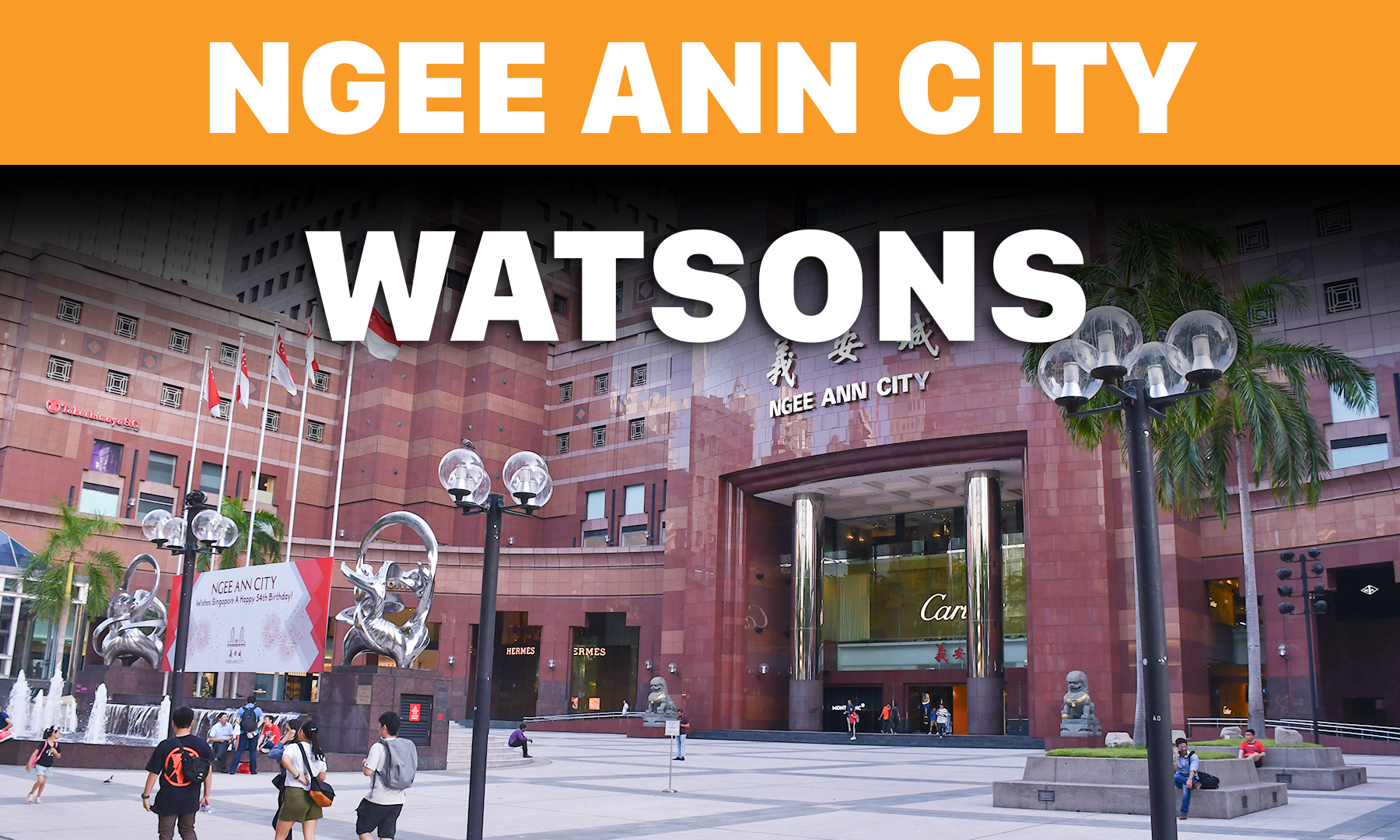

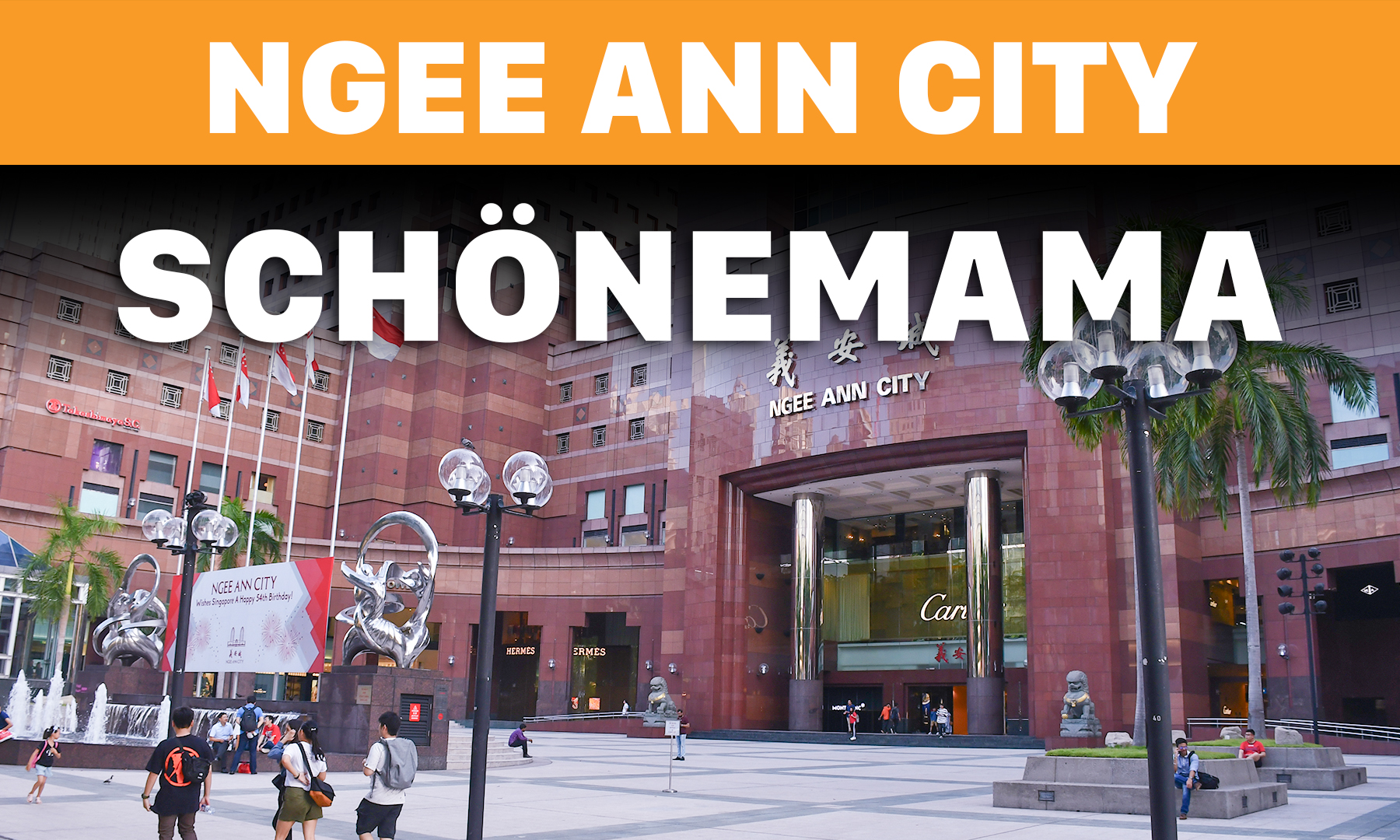
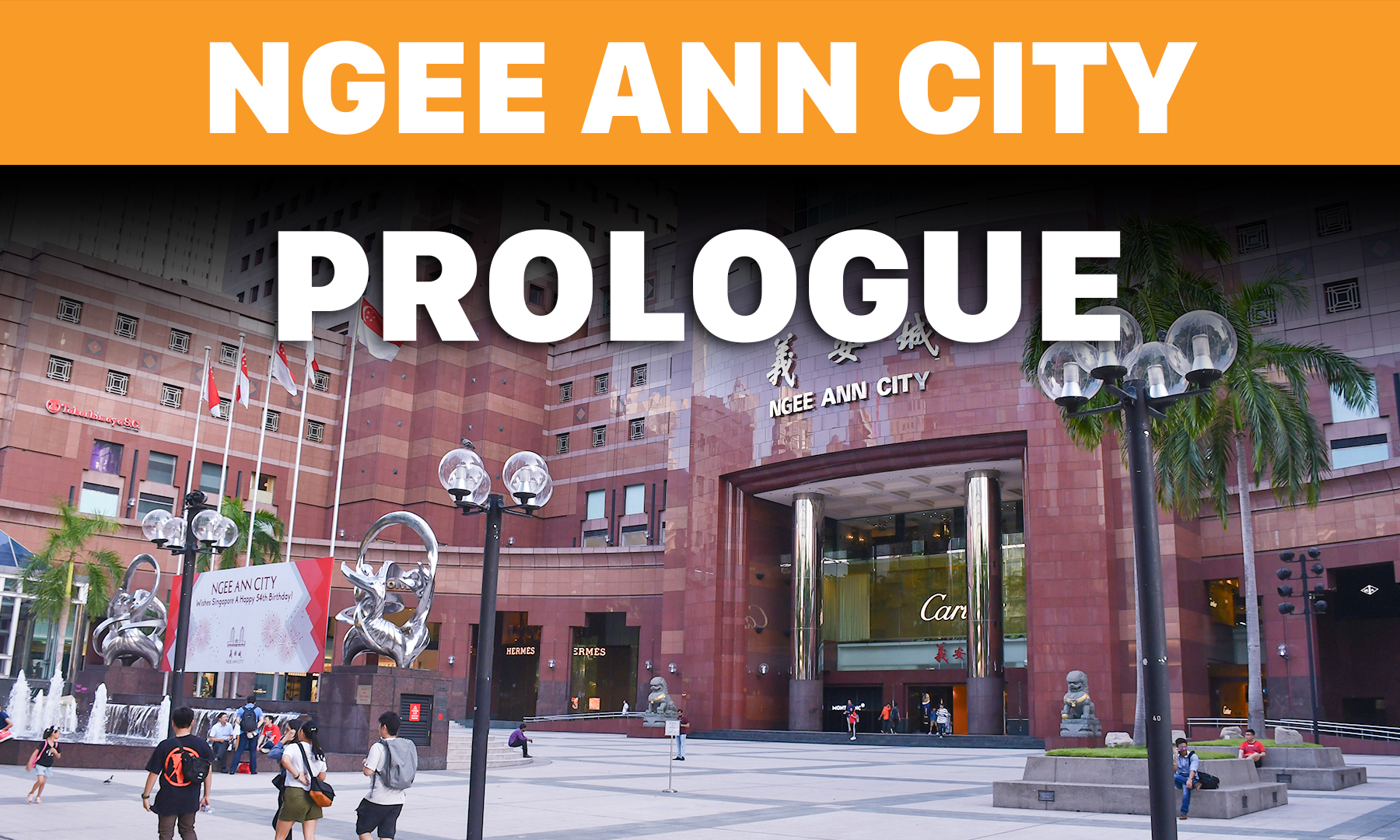
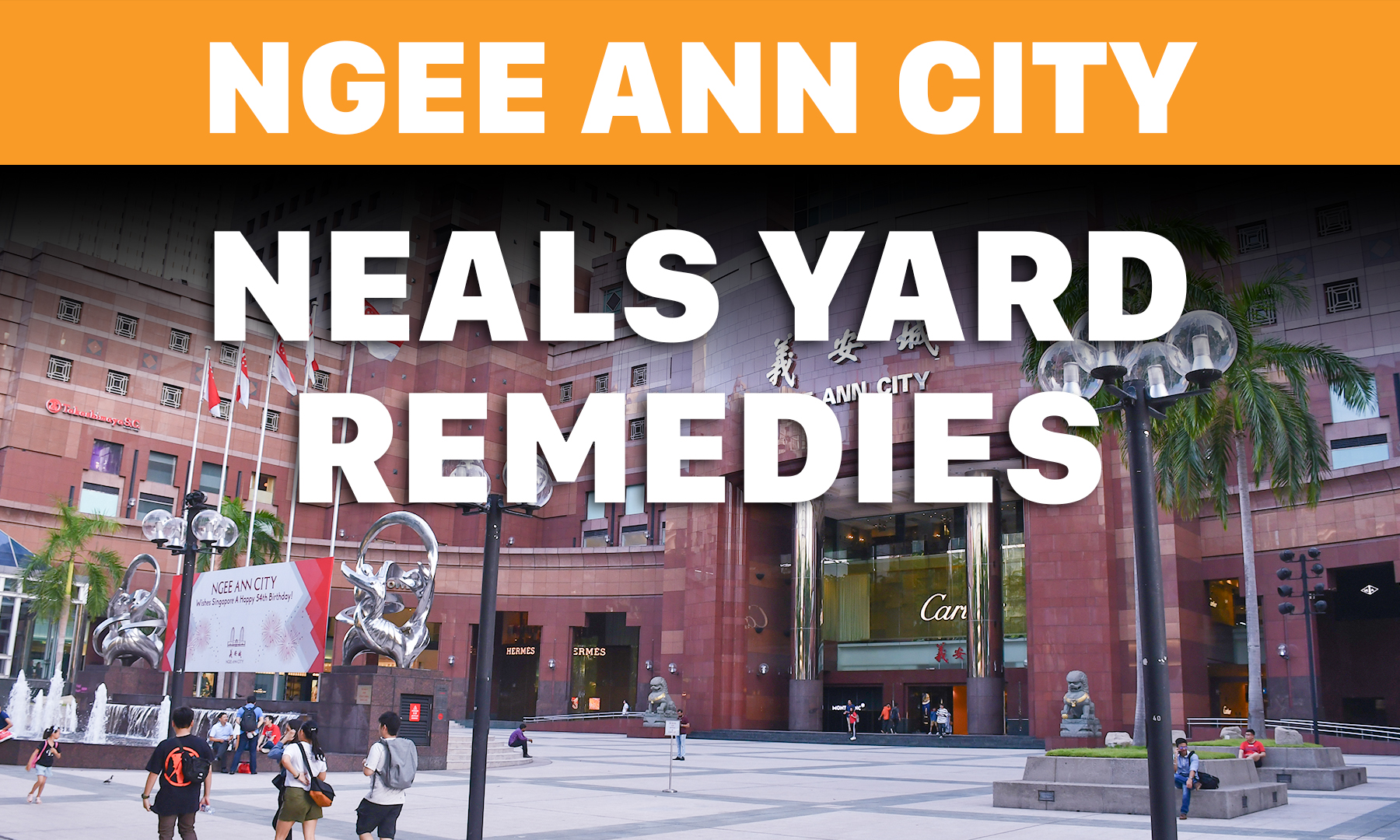

%20copy.jpg)
%20copy.jpg)
%20copy.jpg)